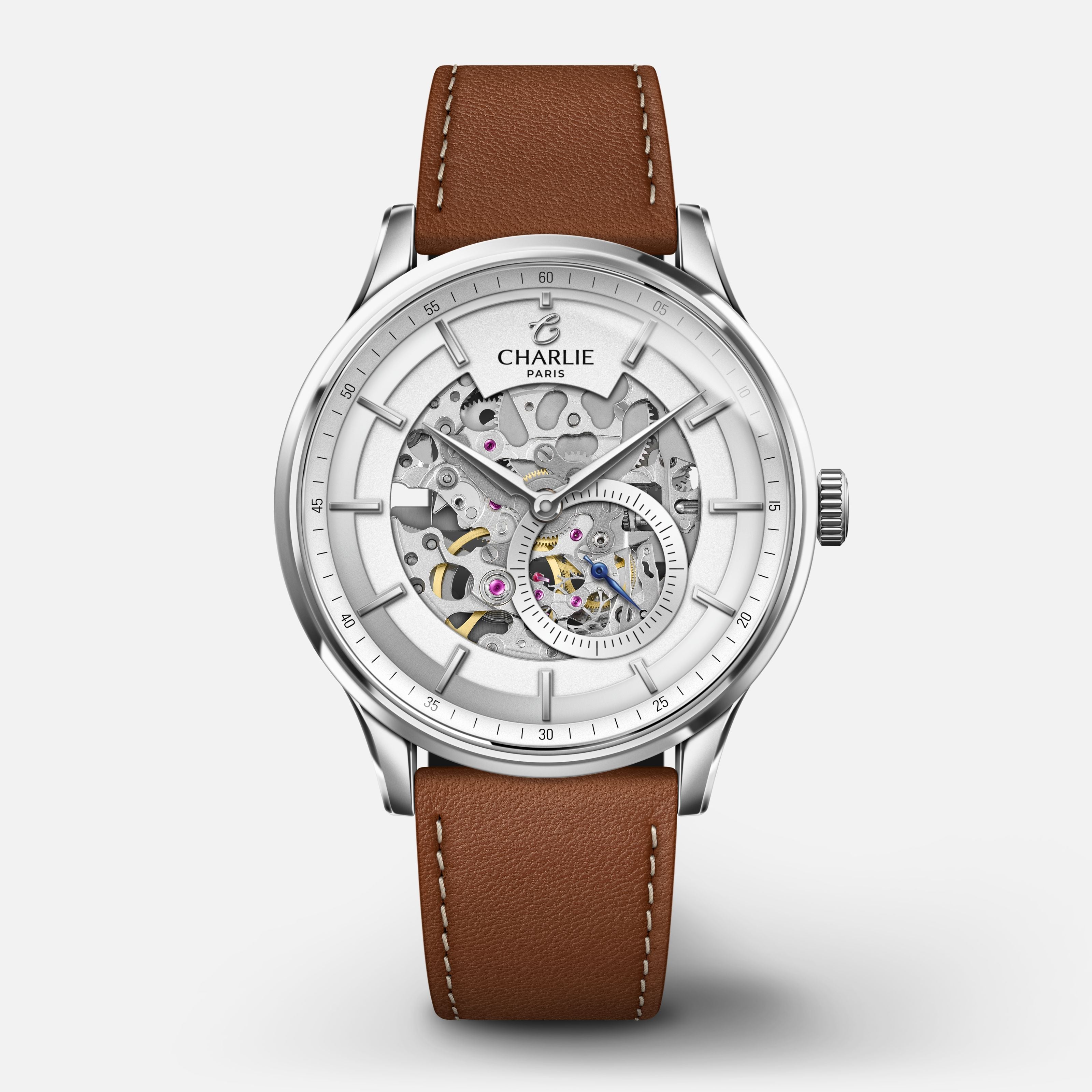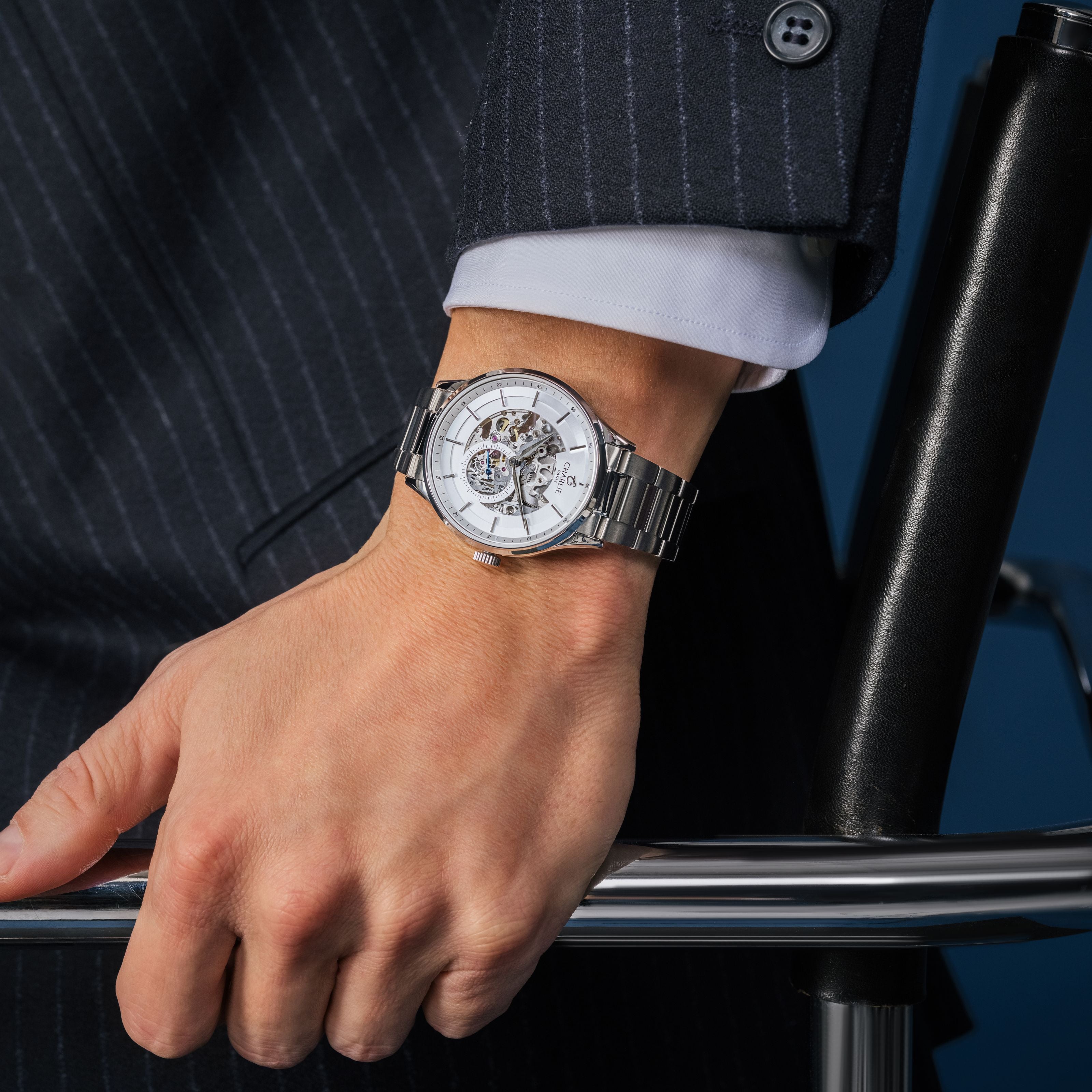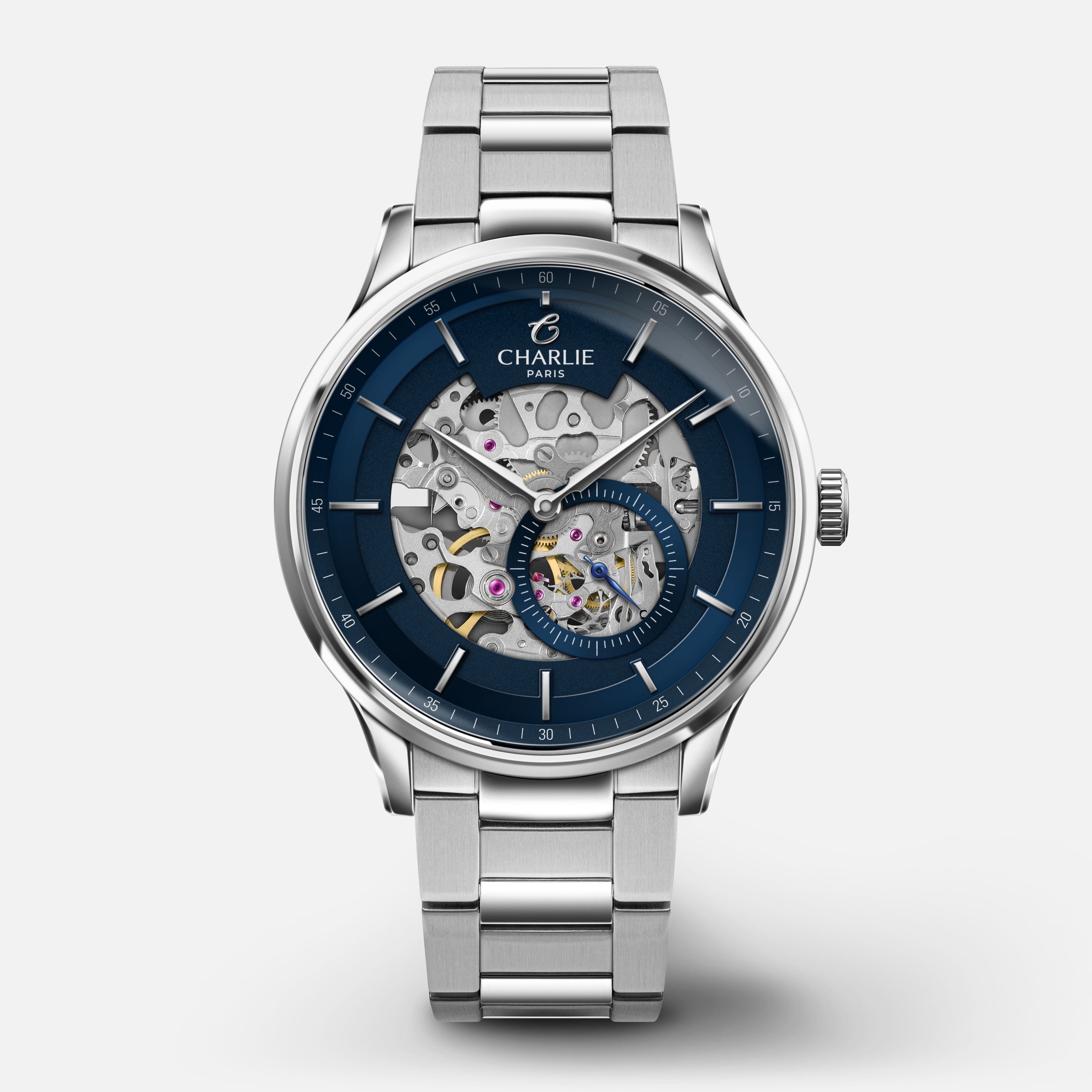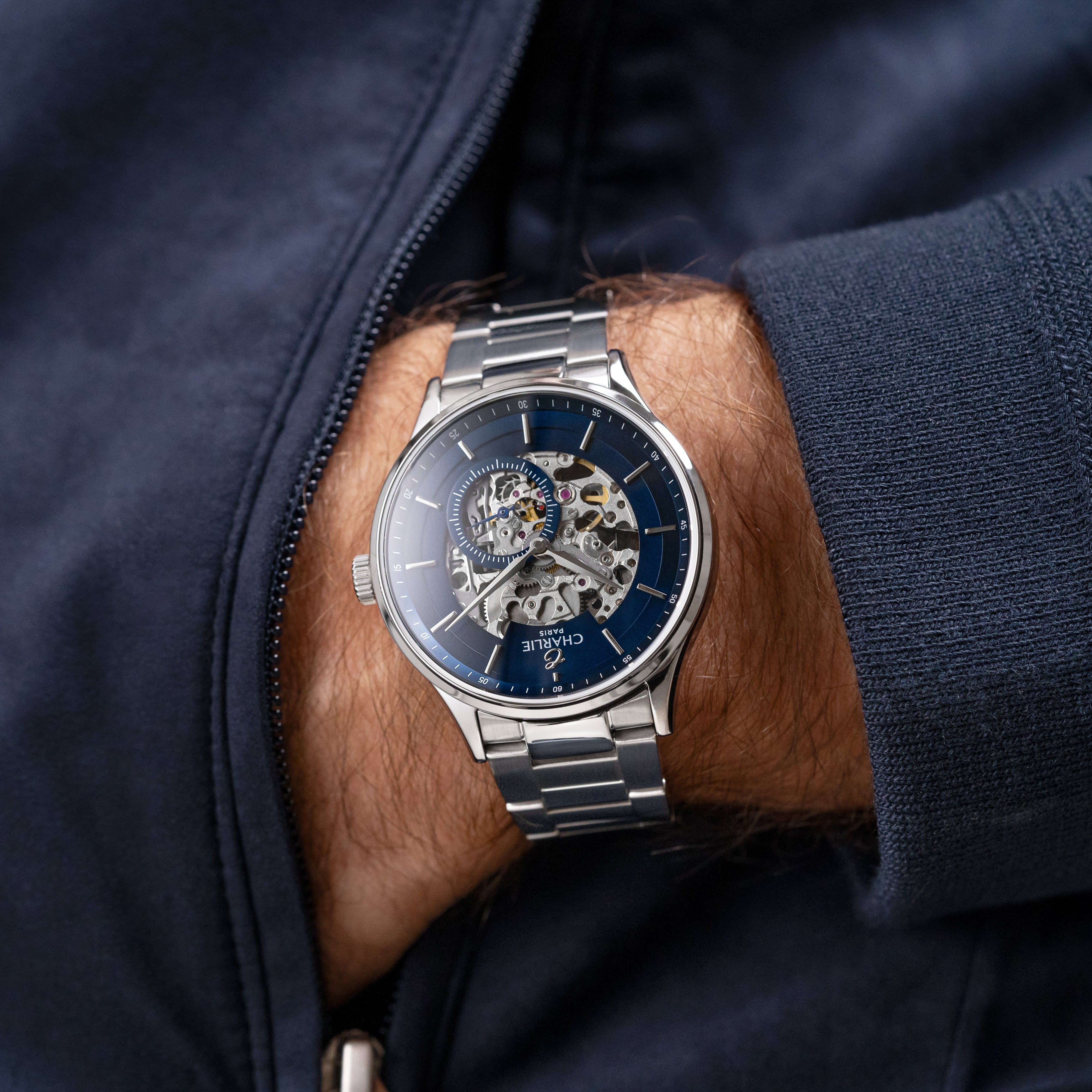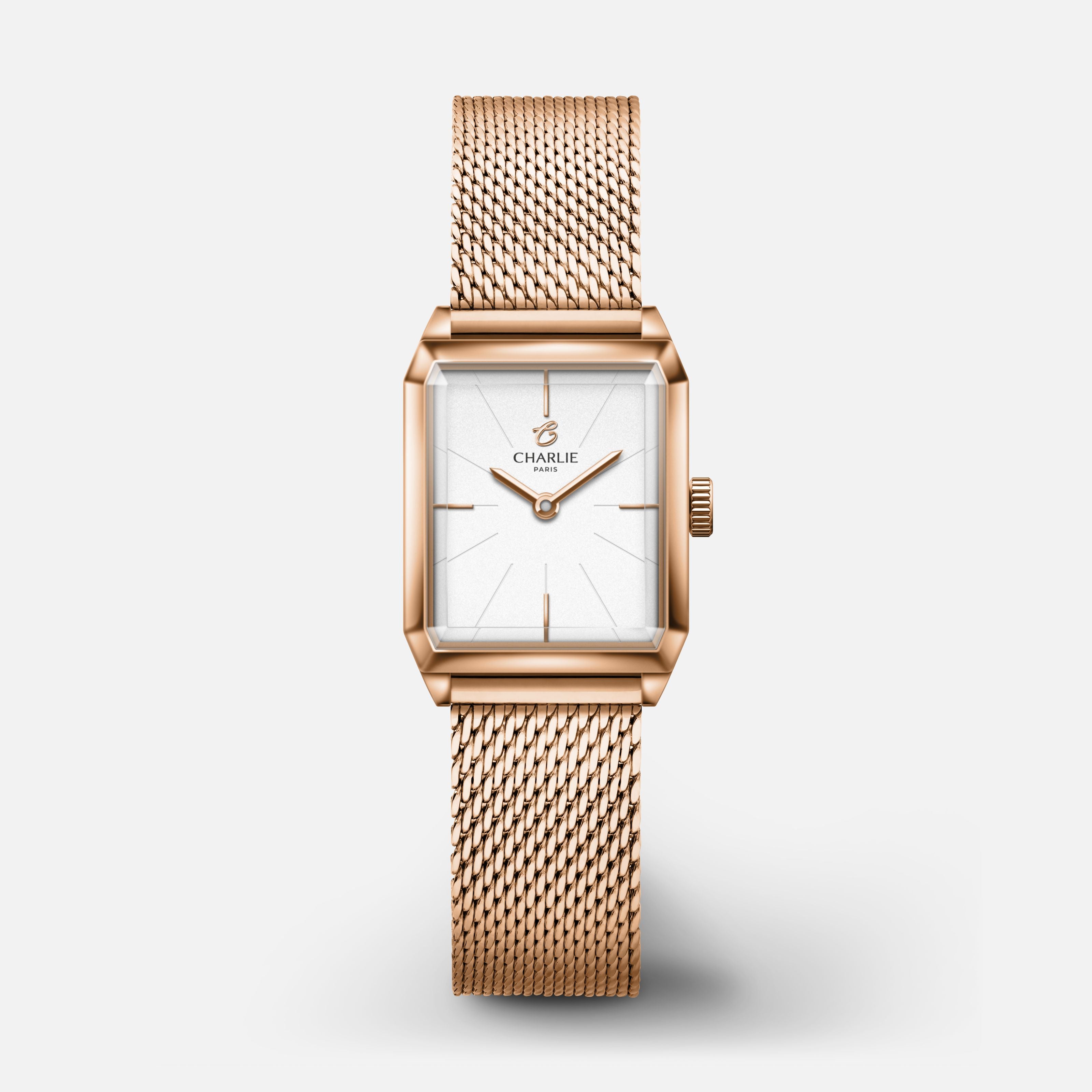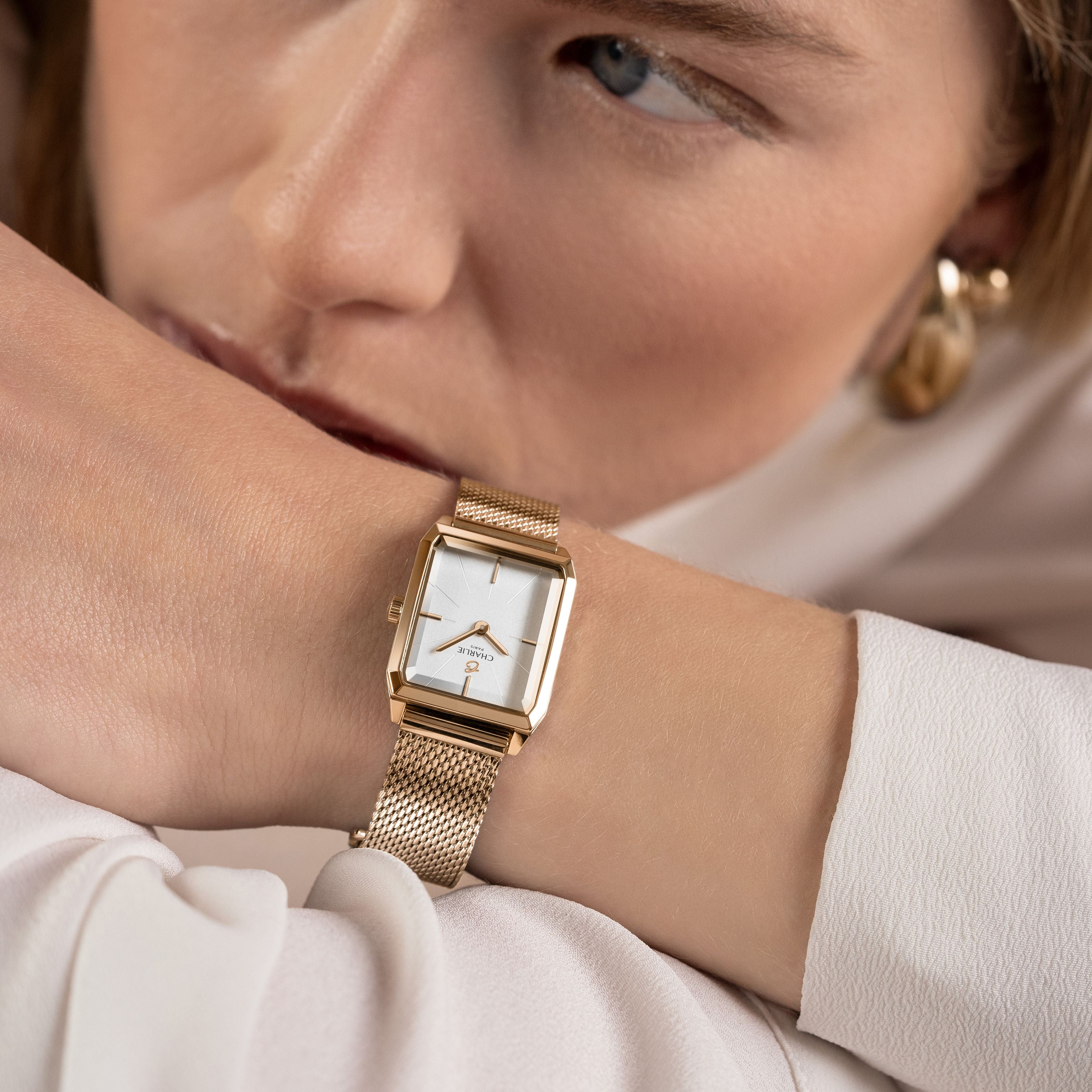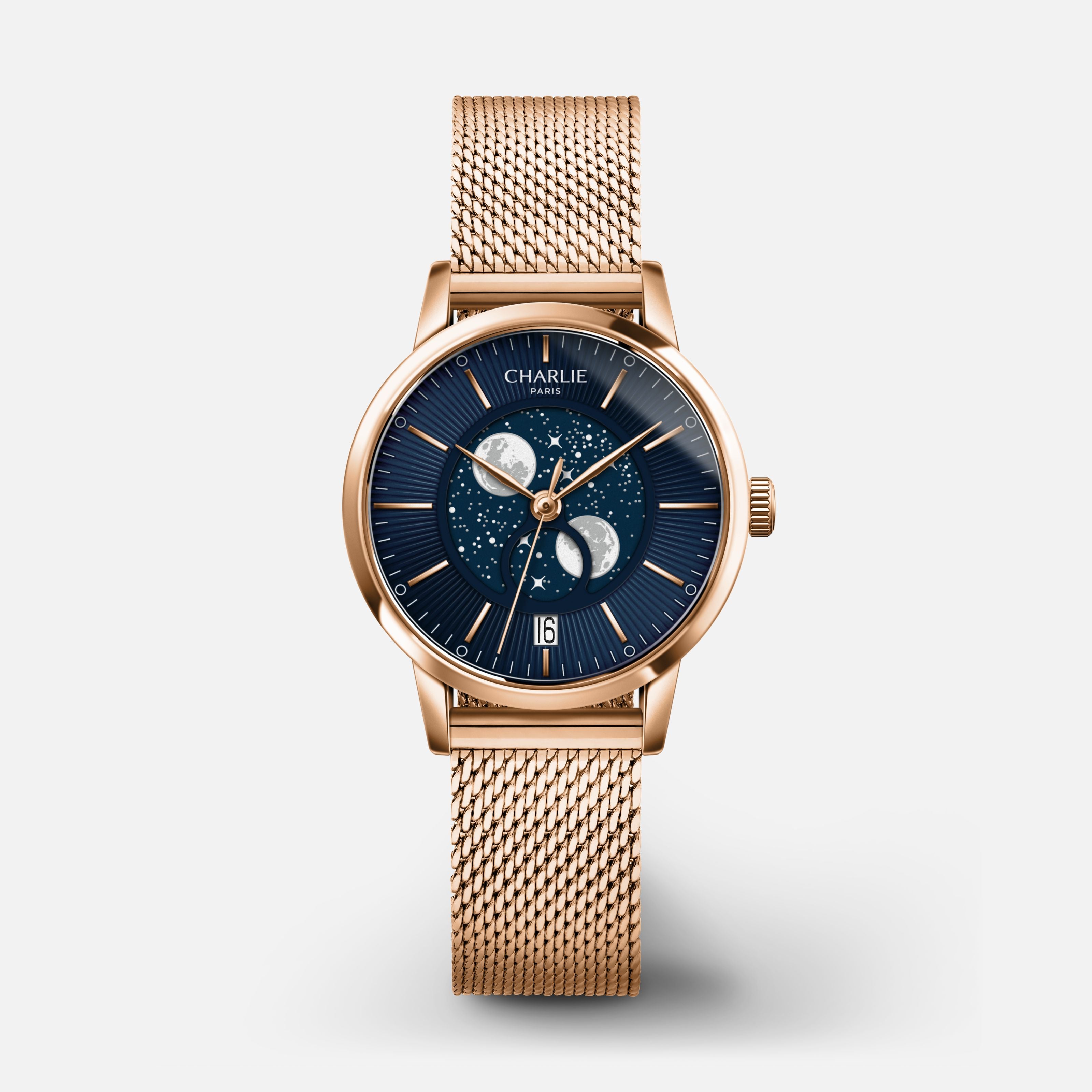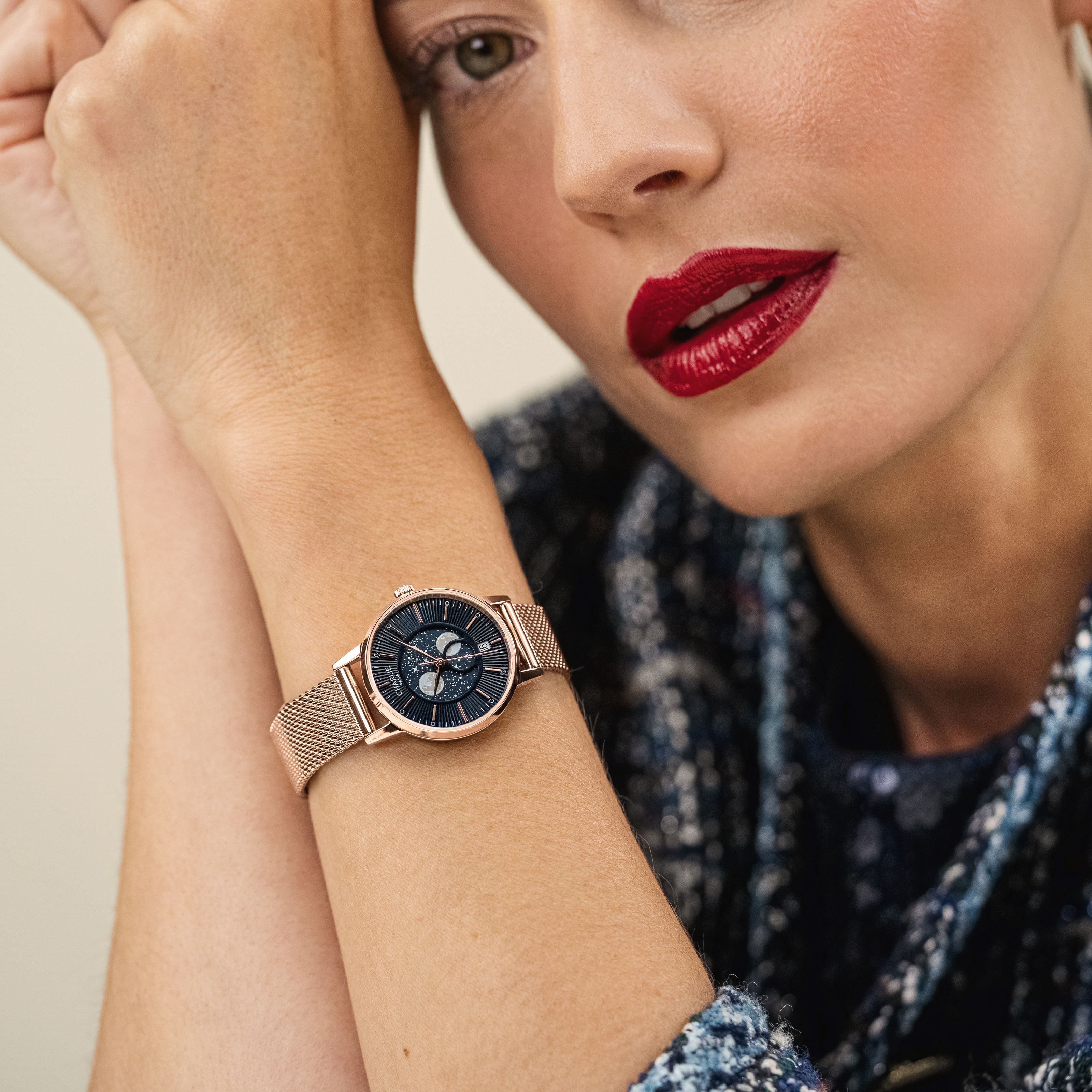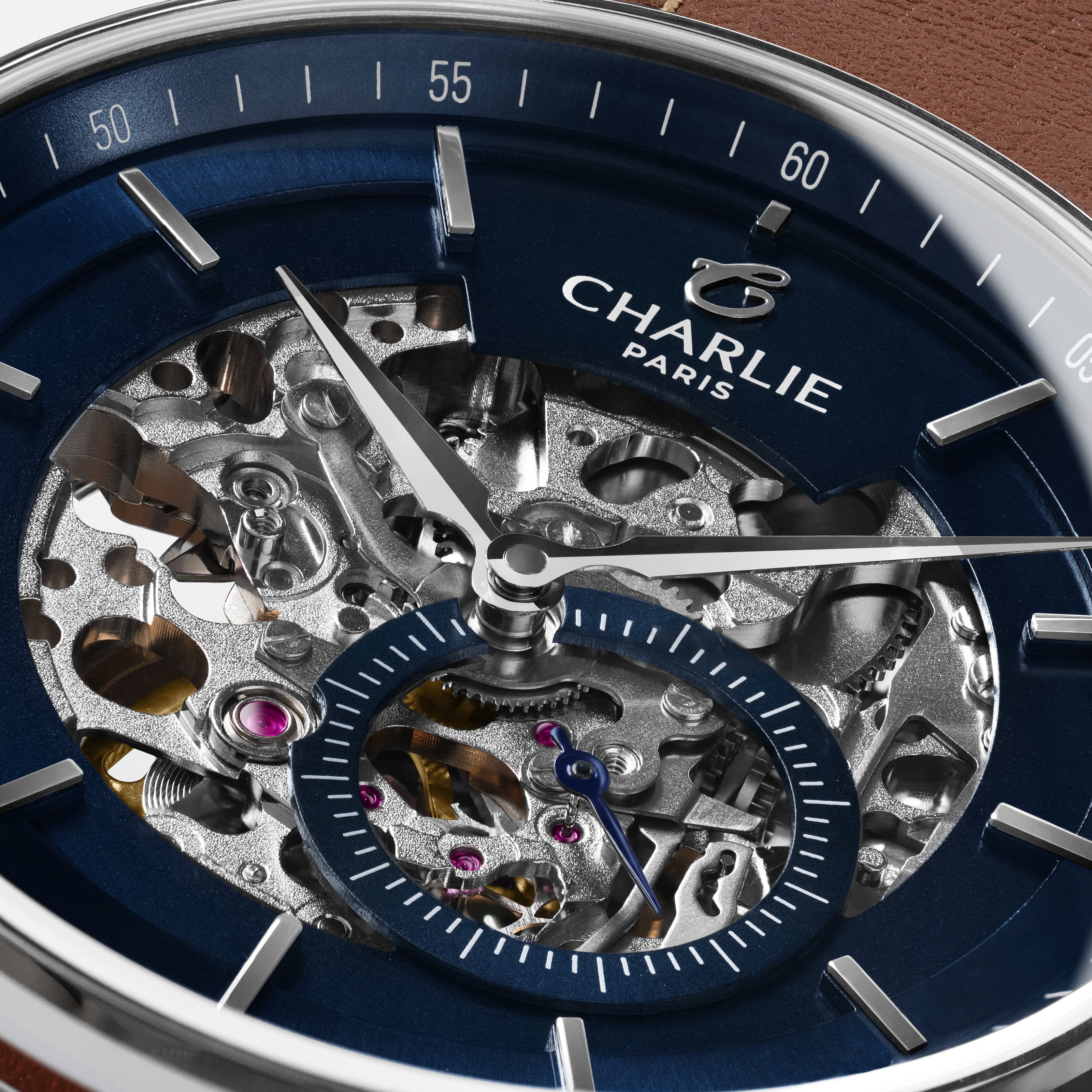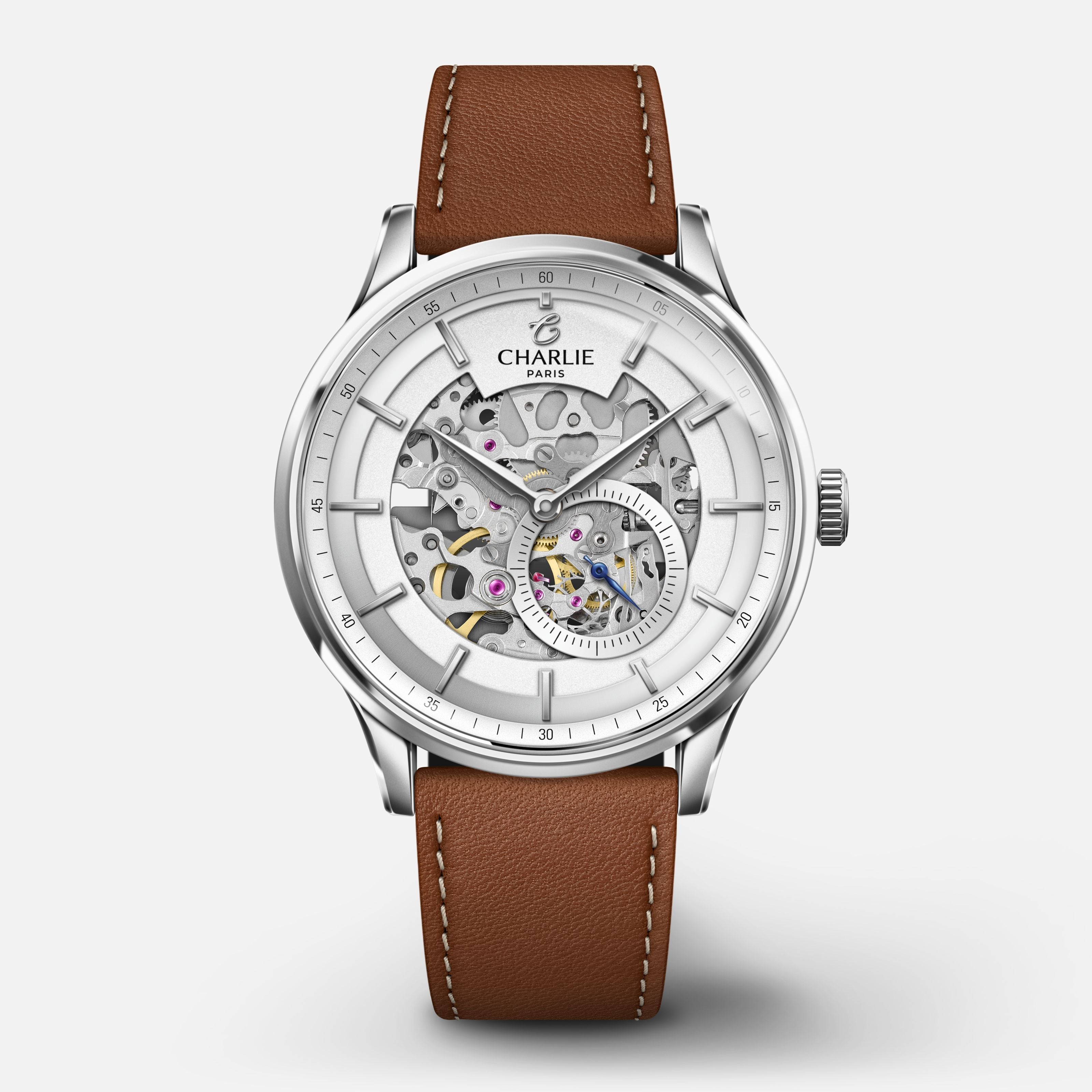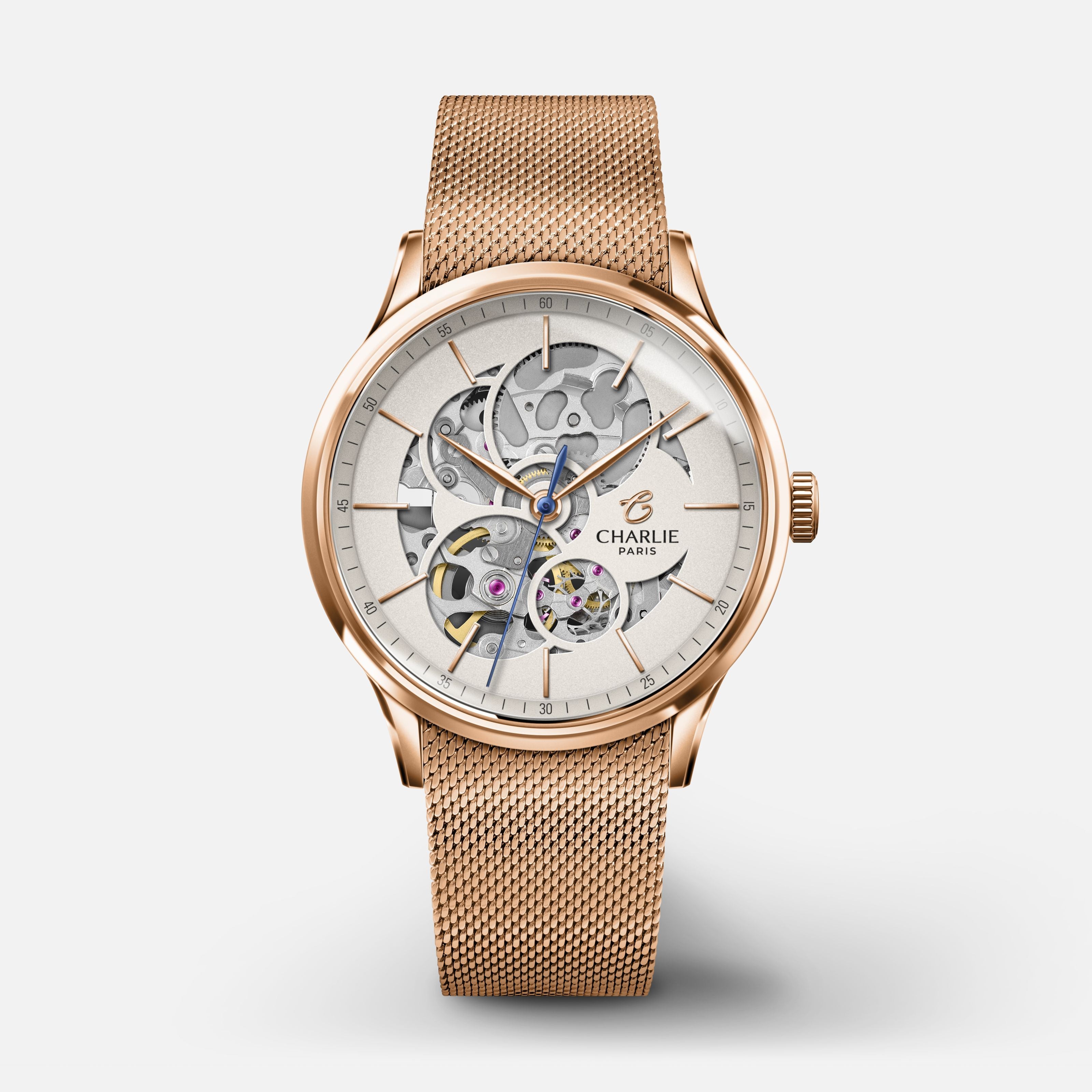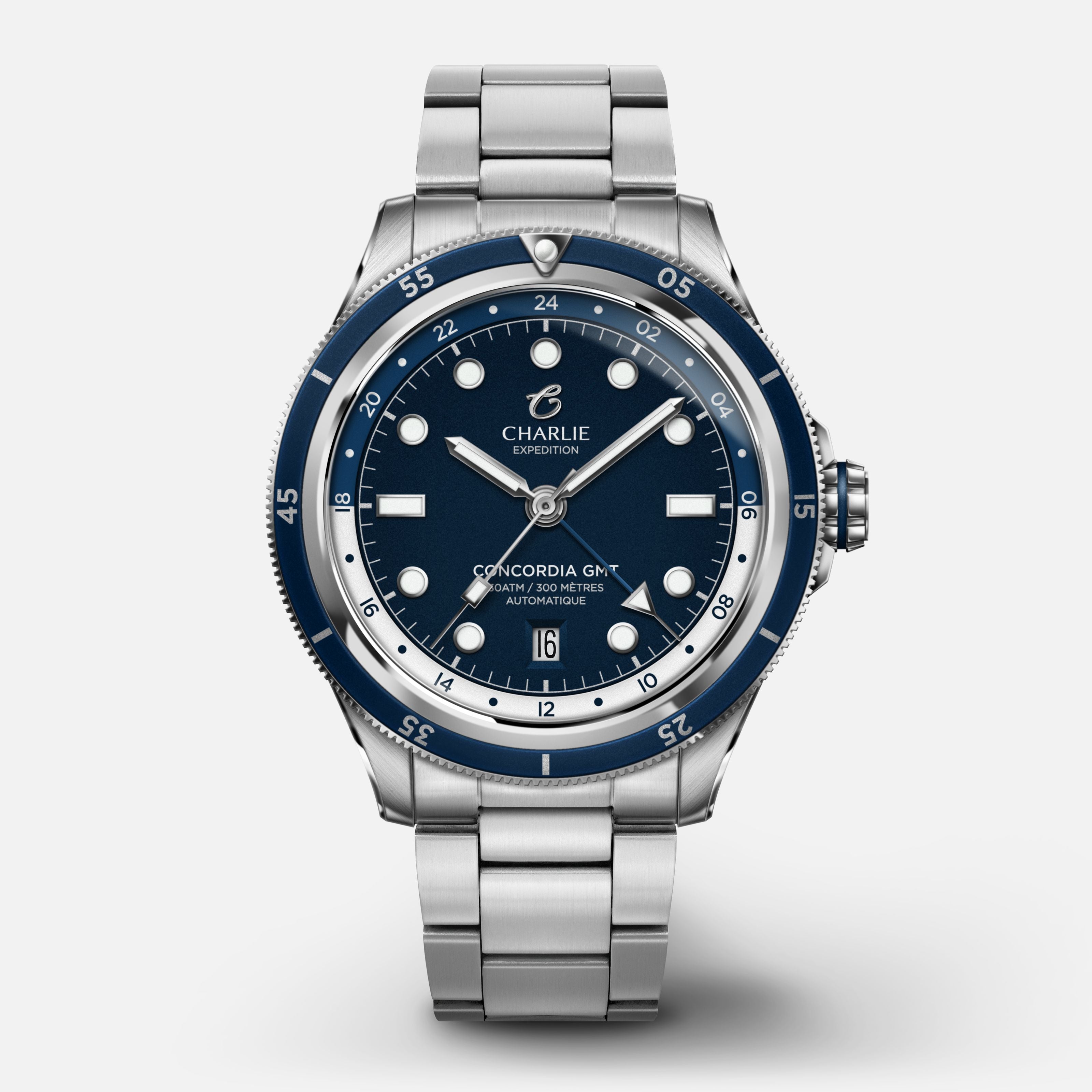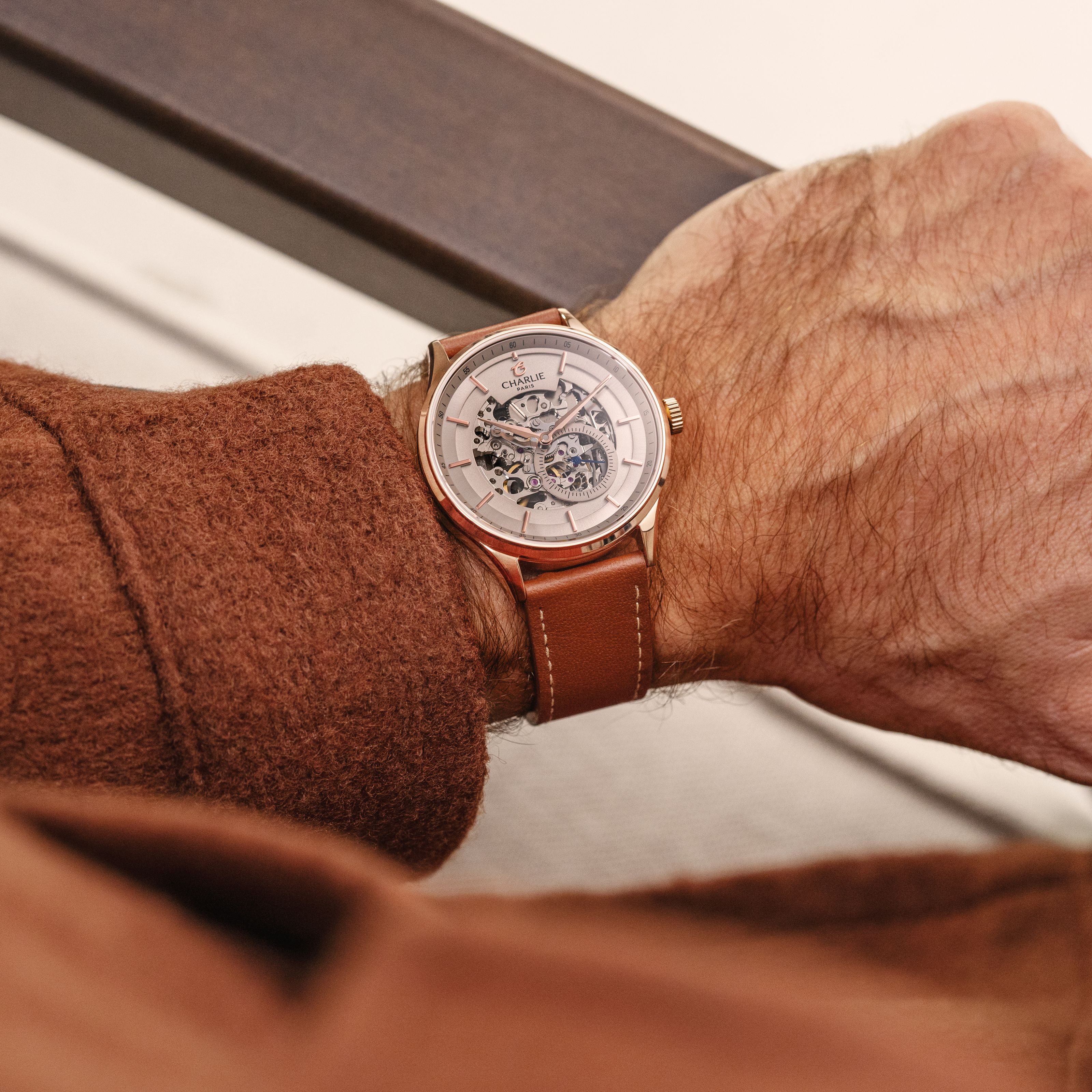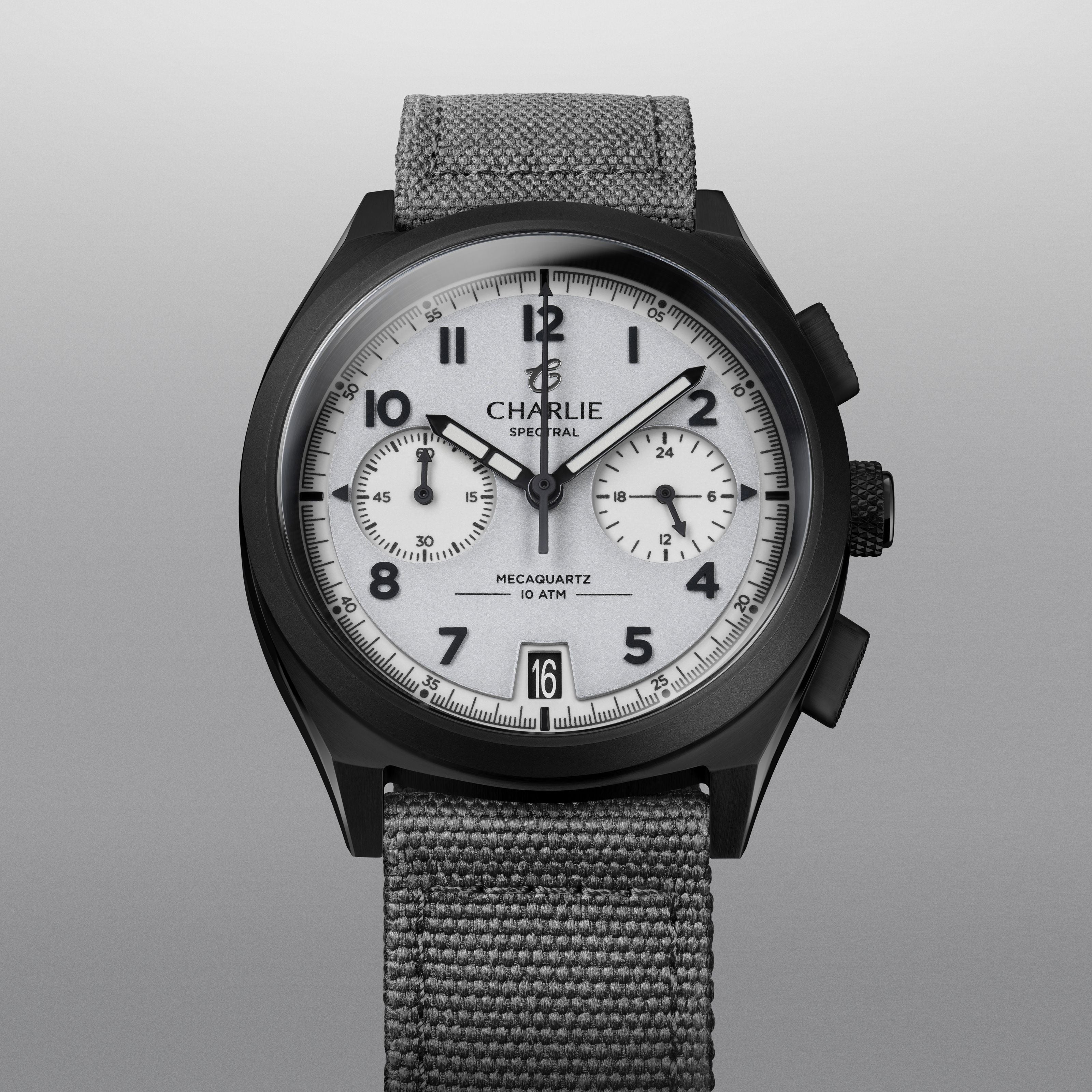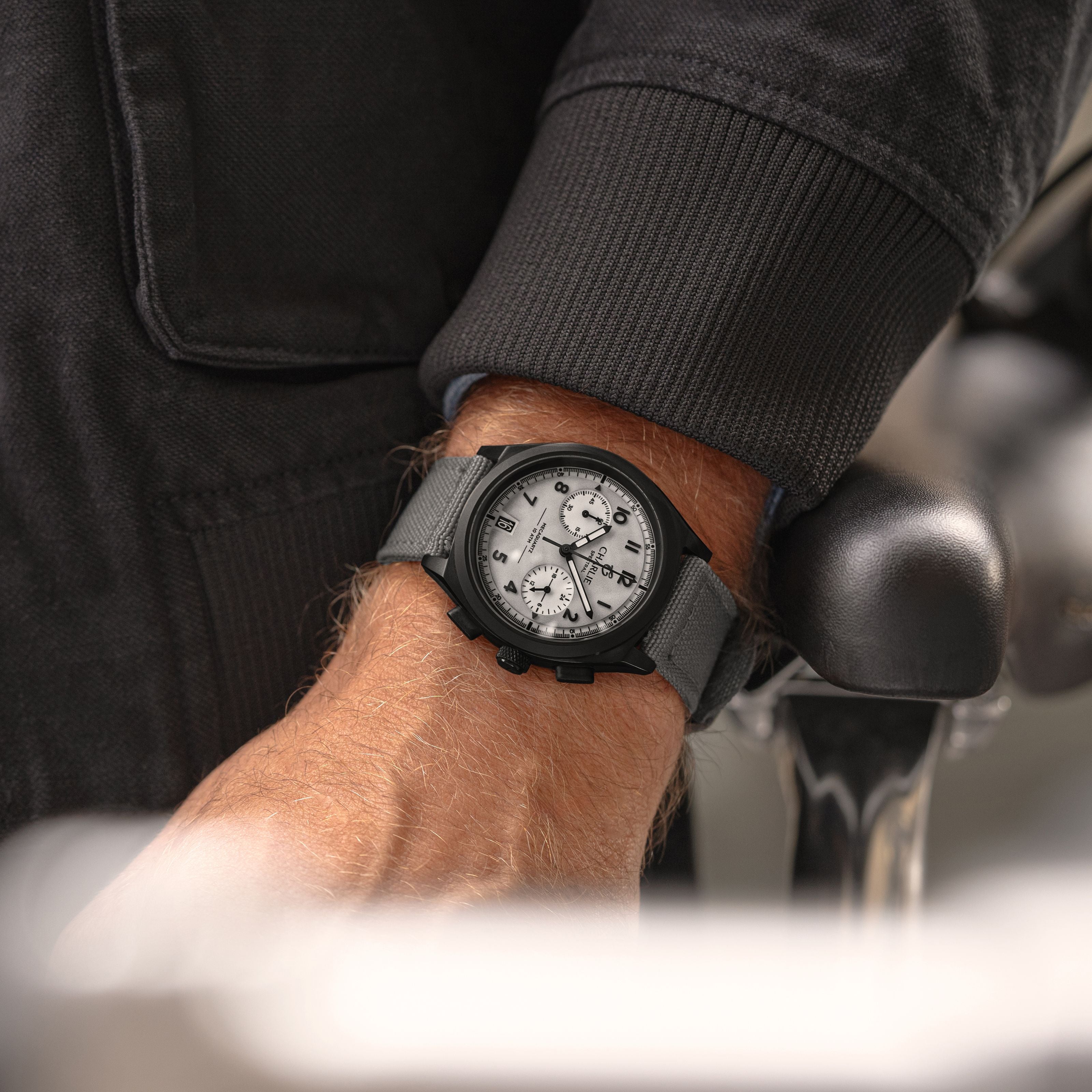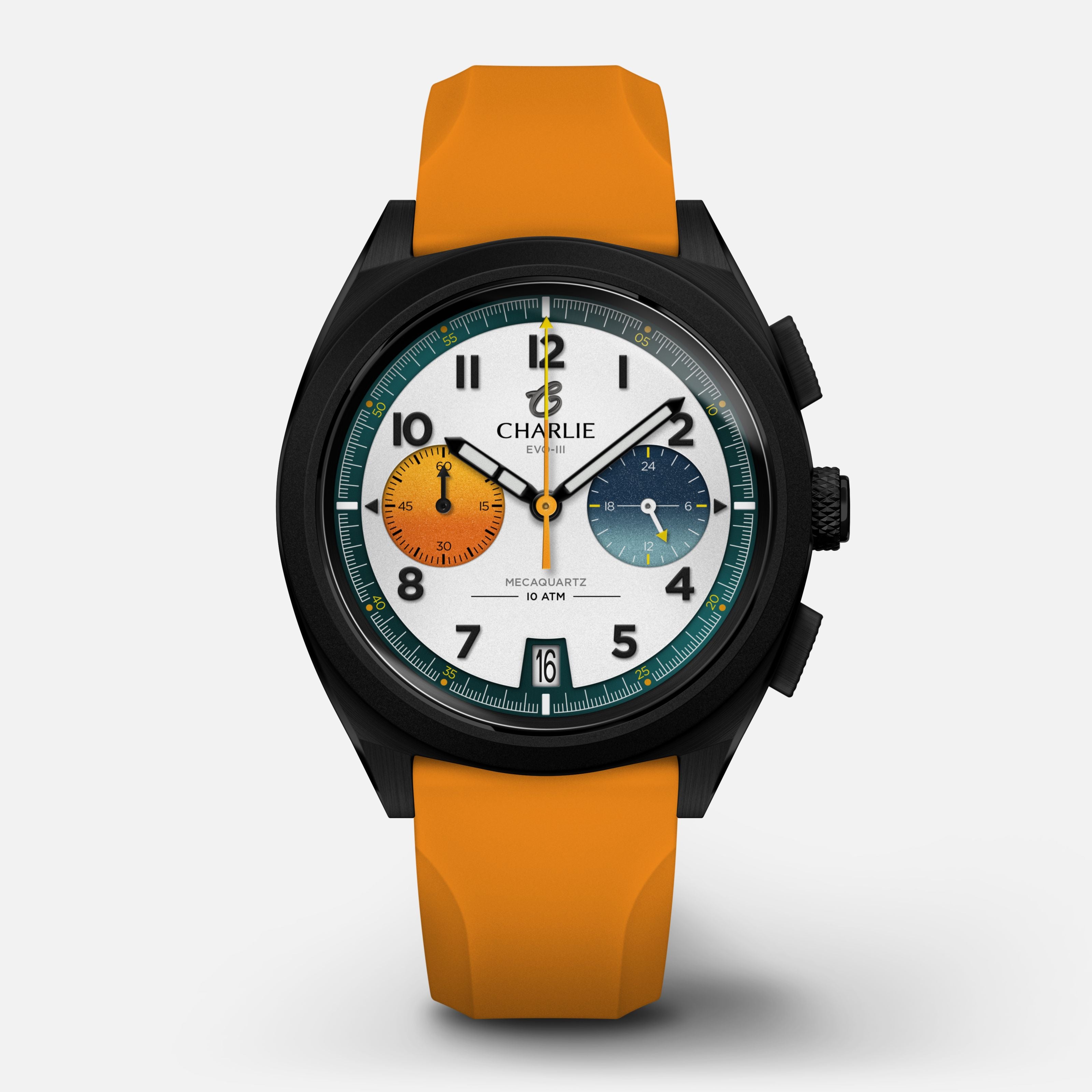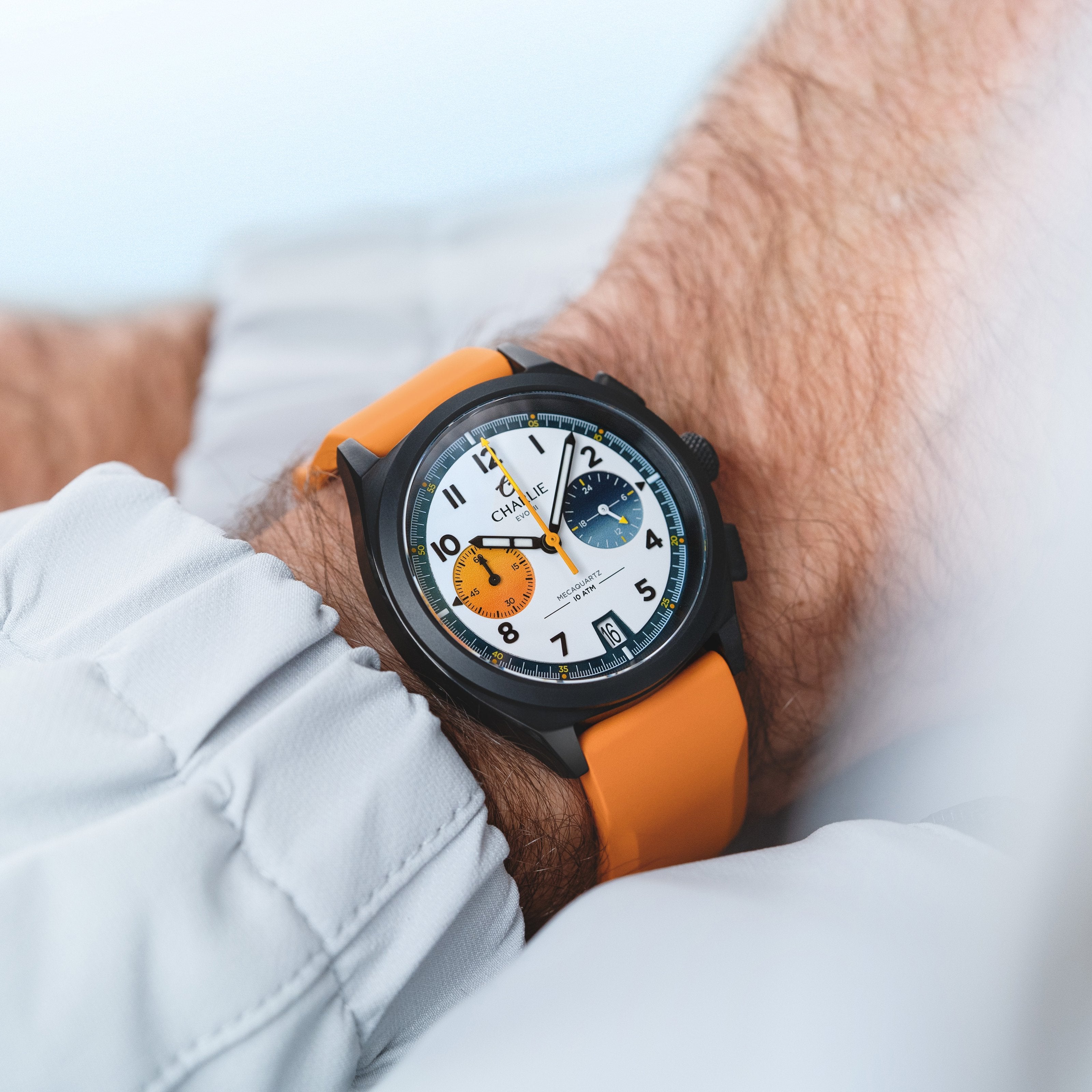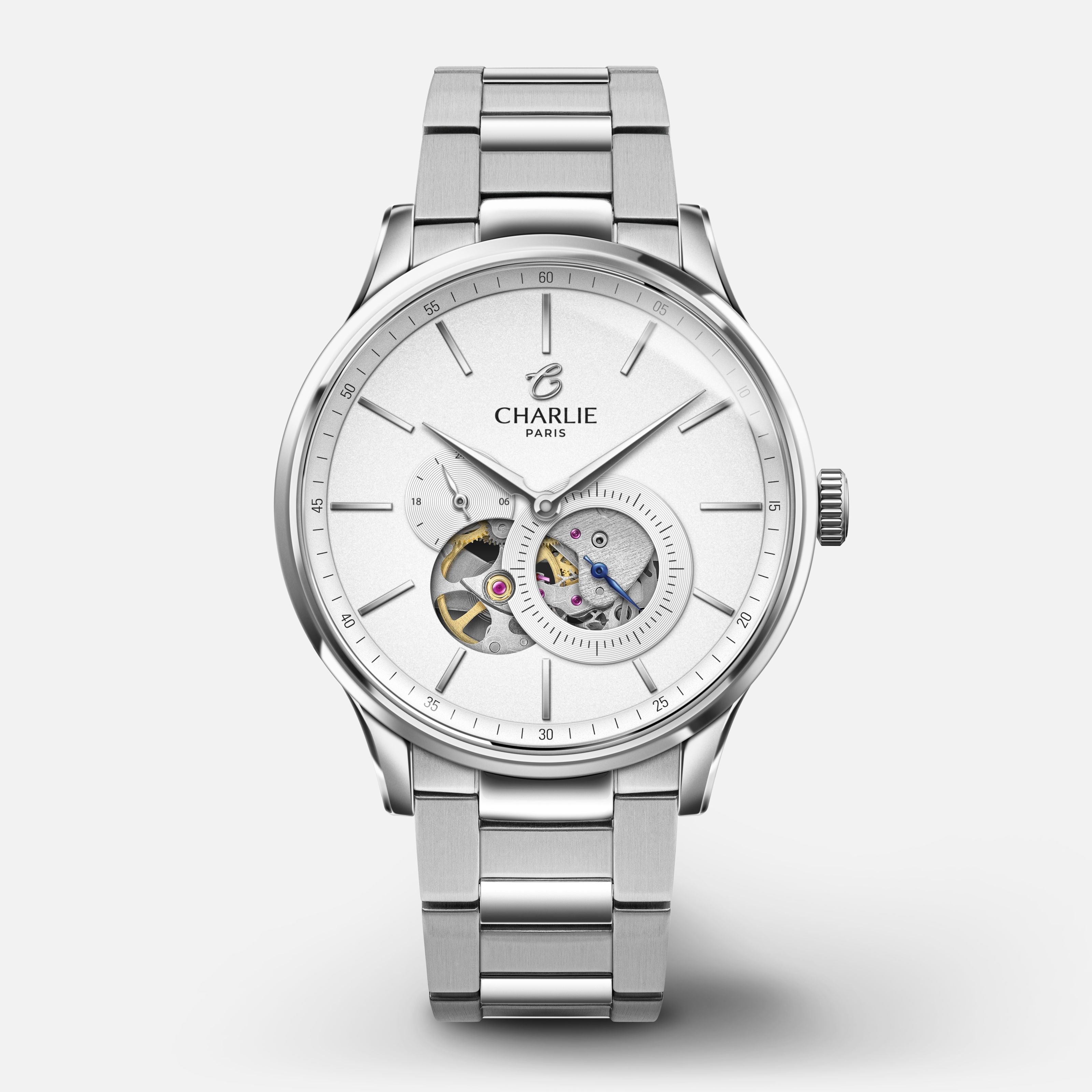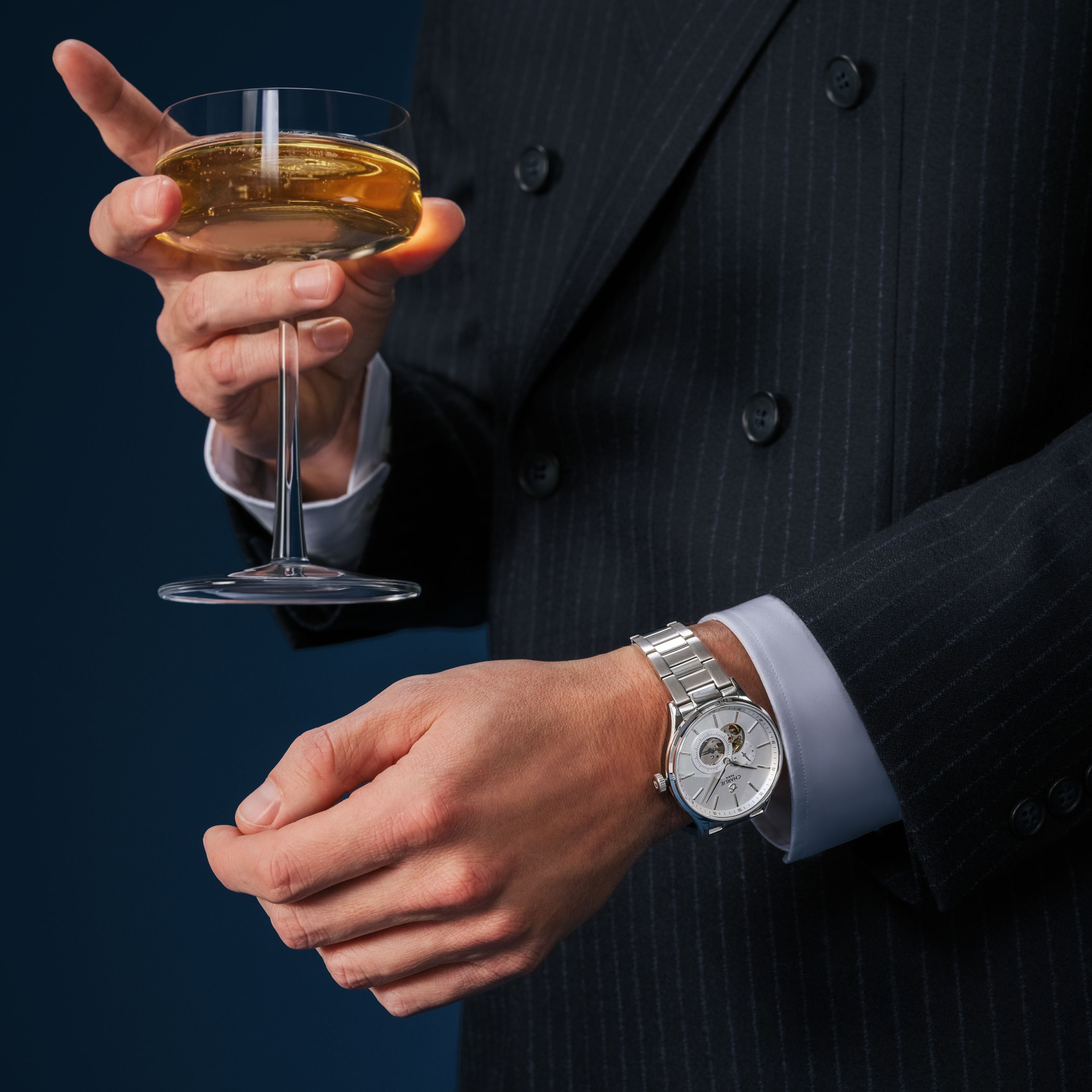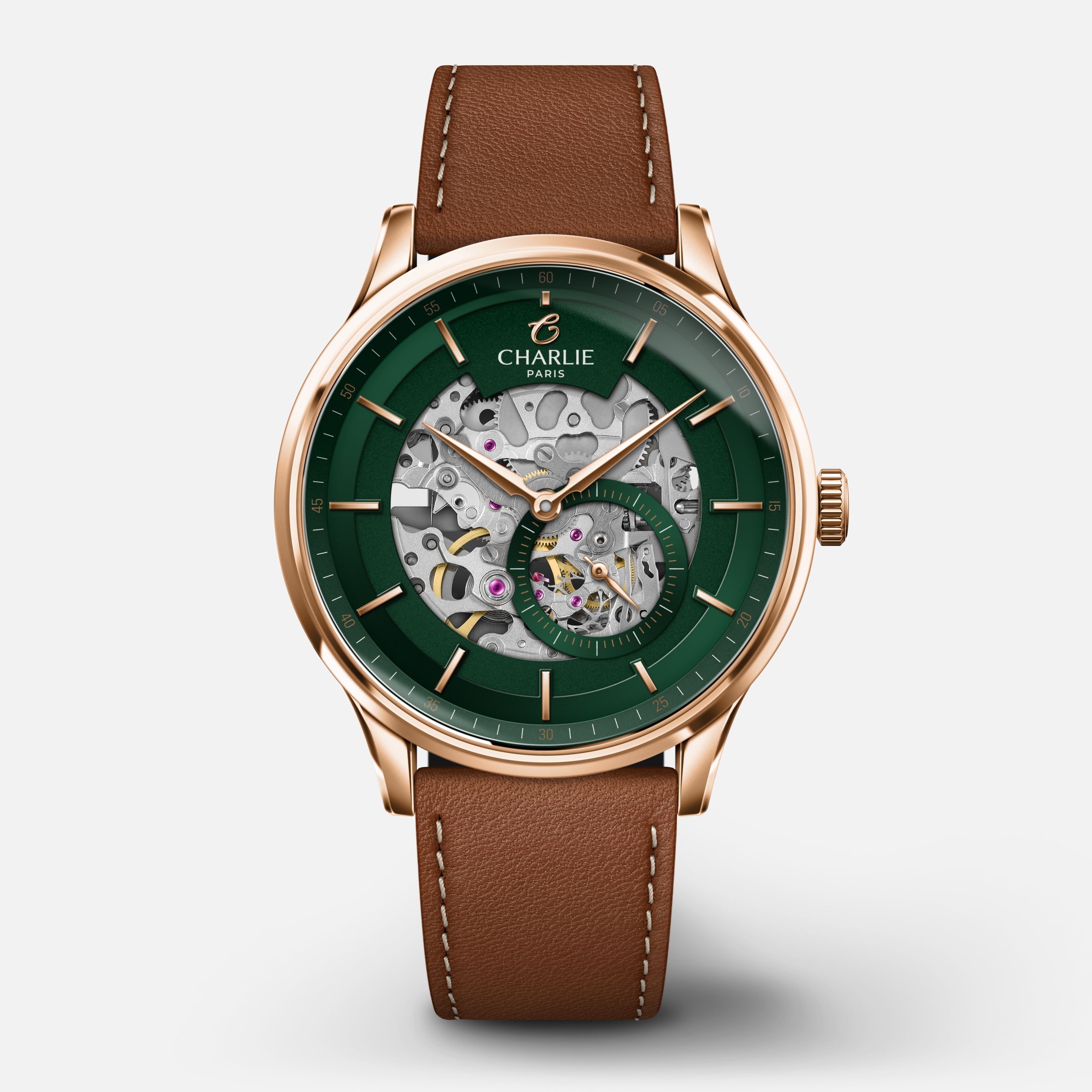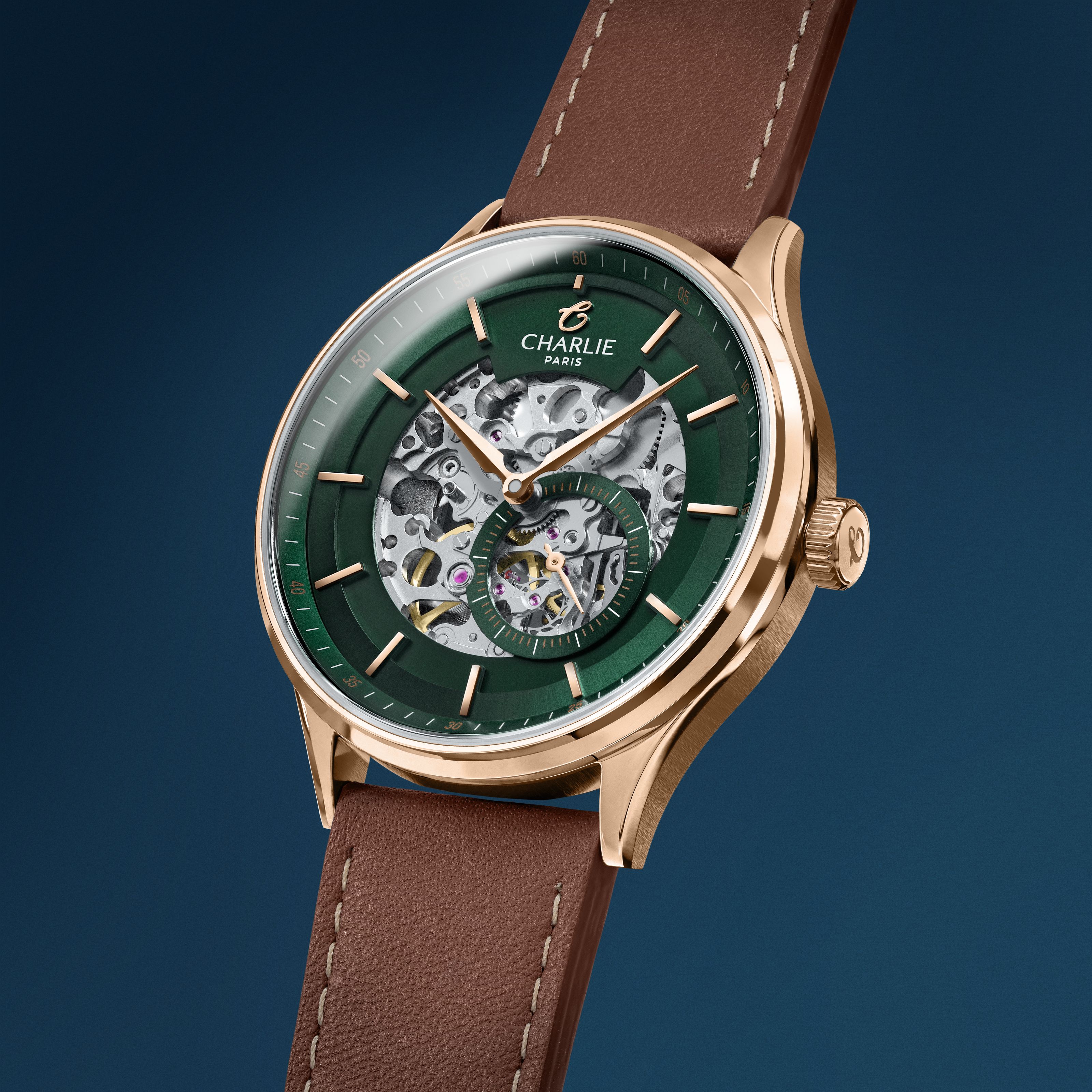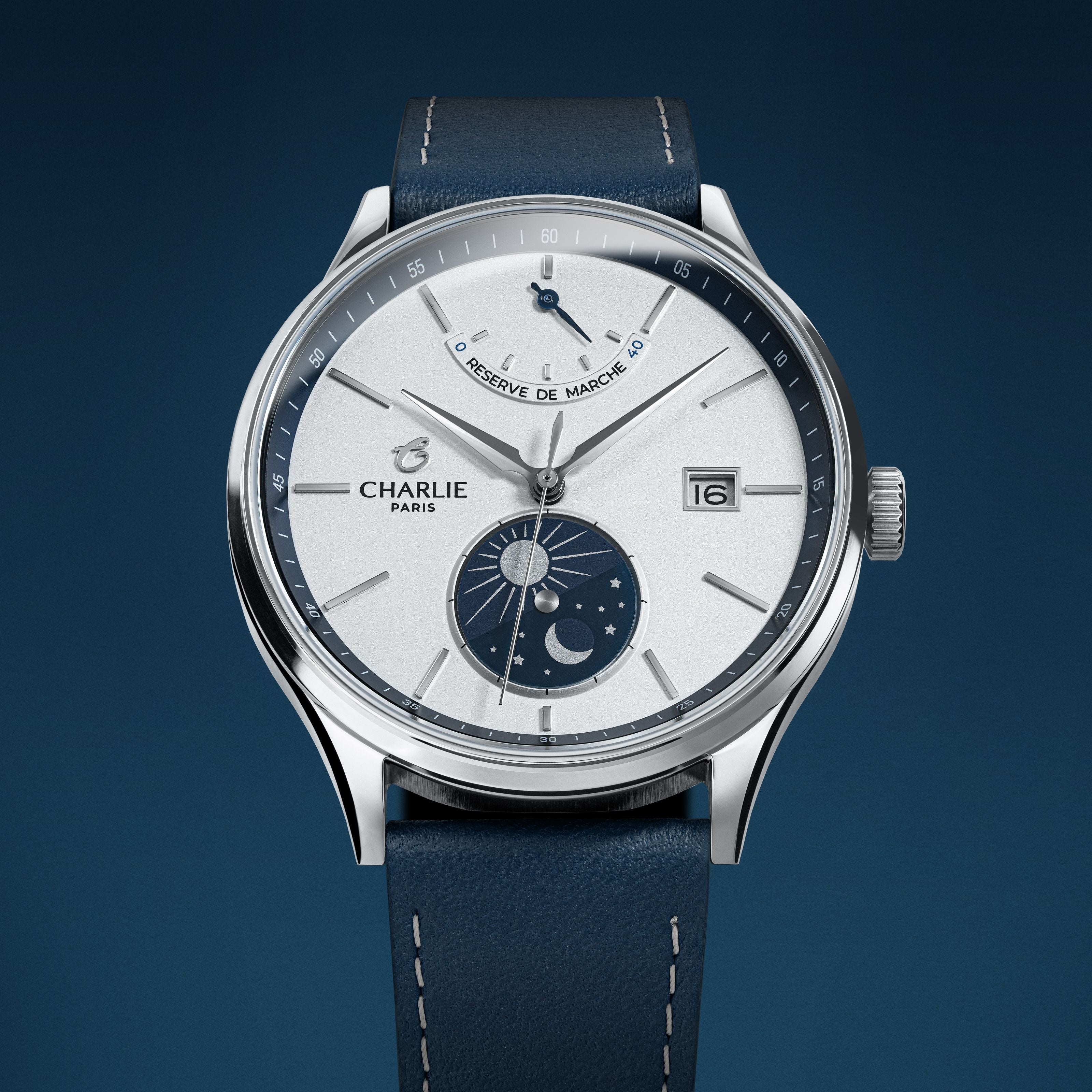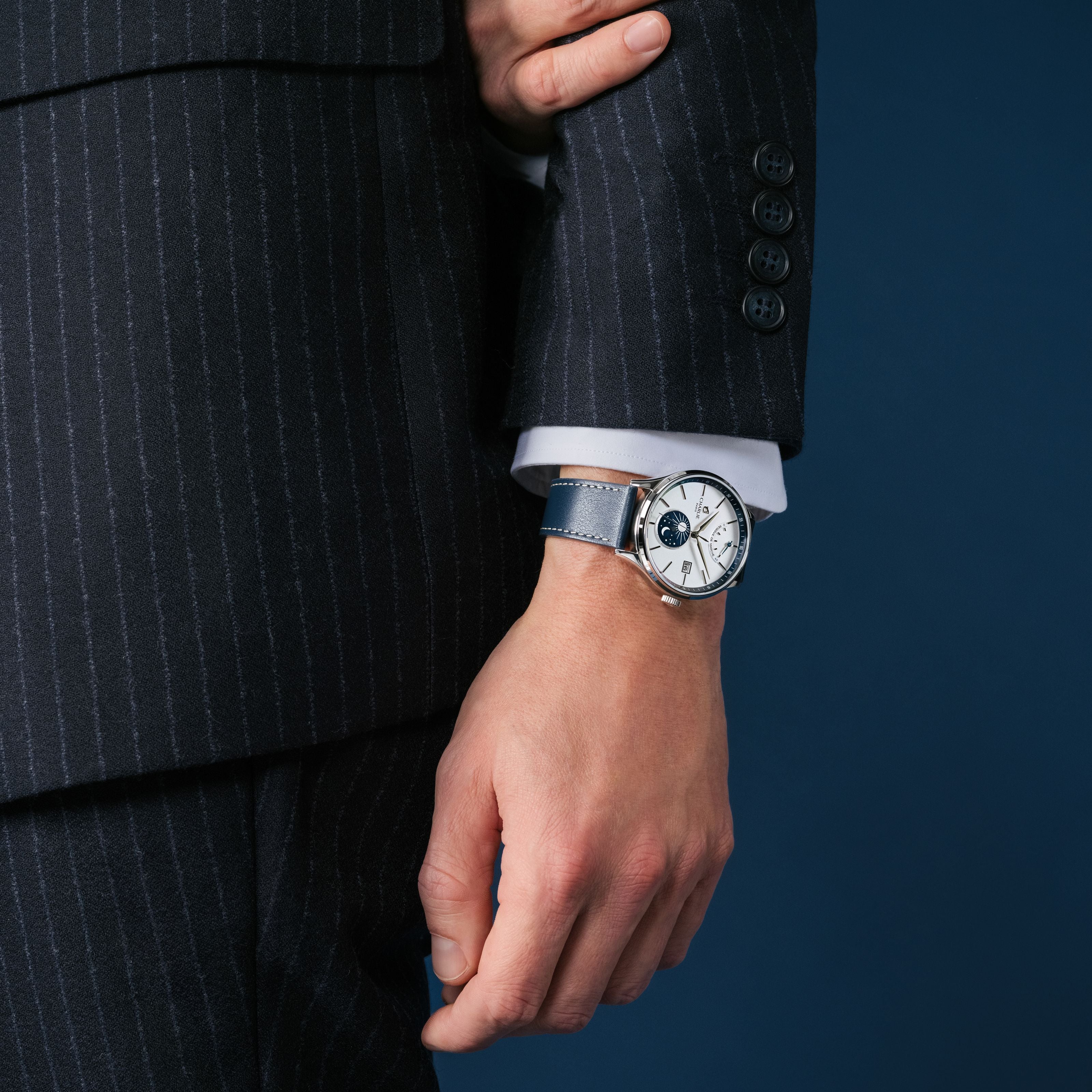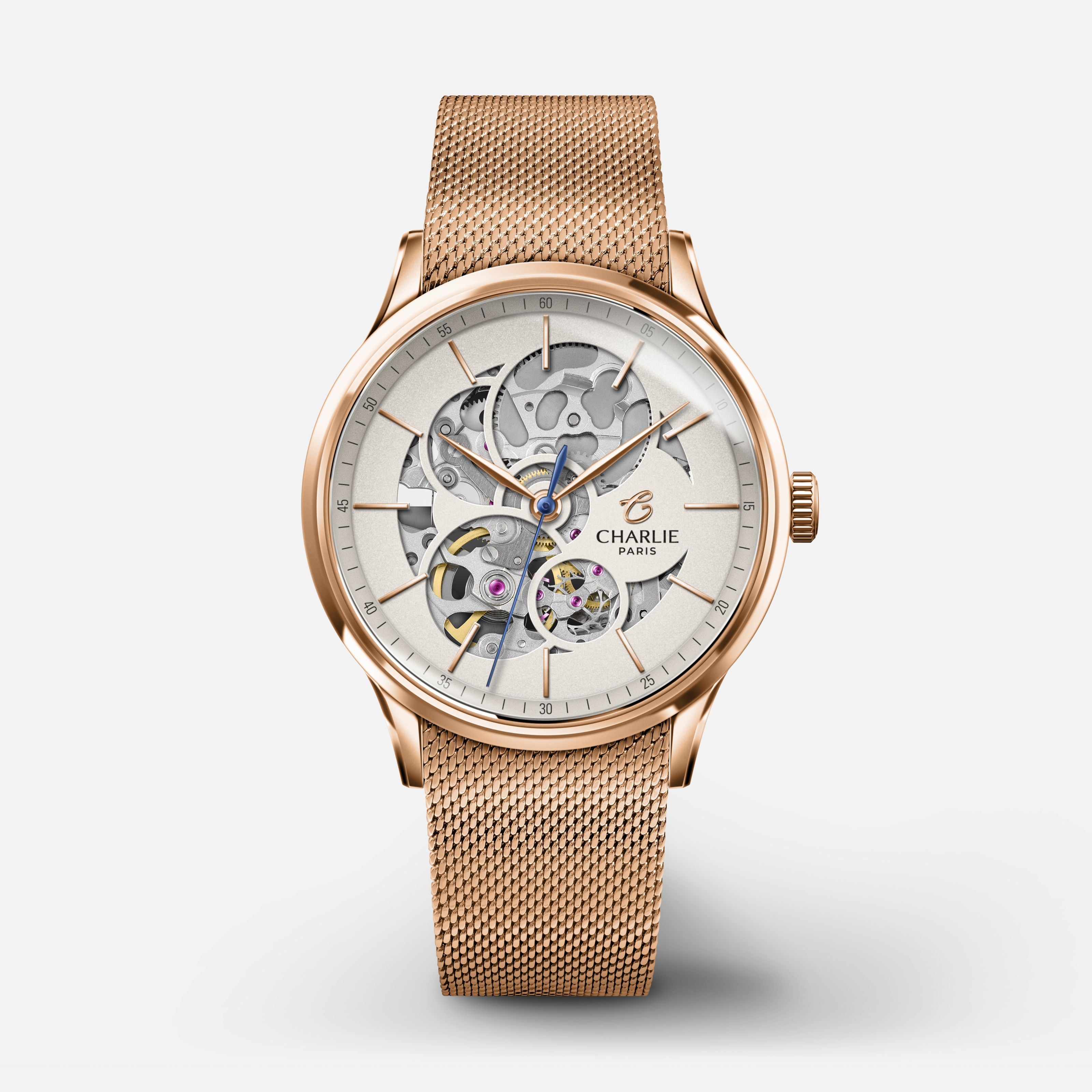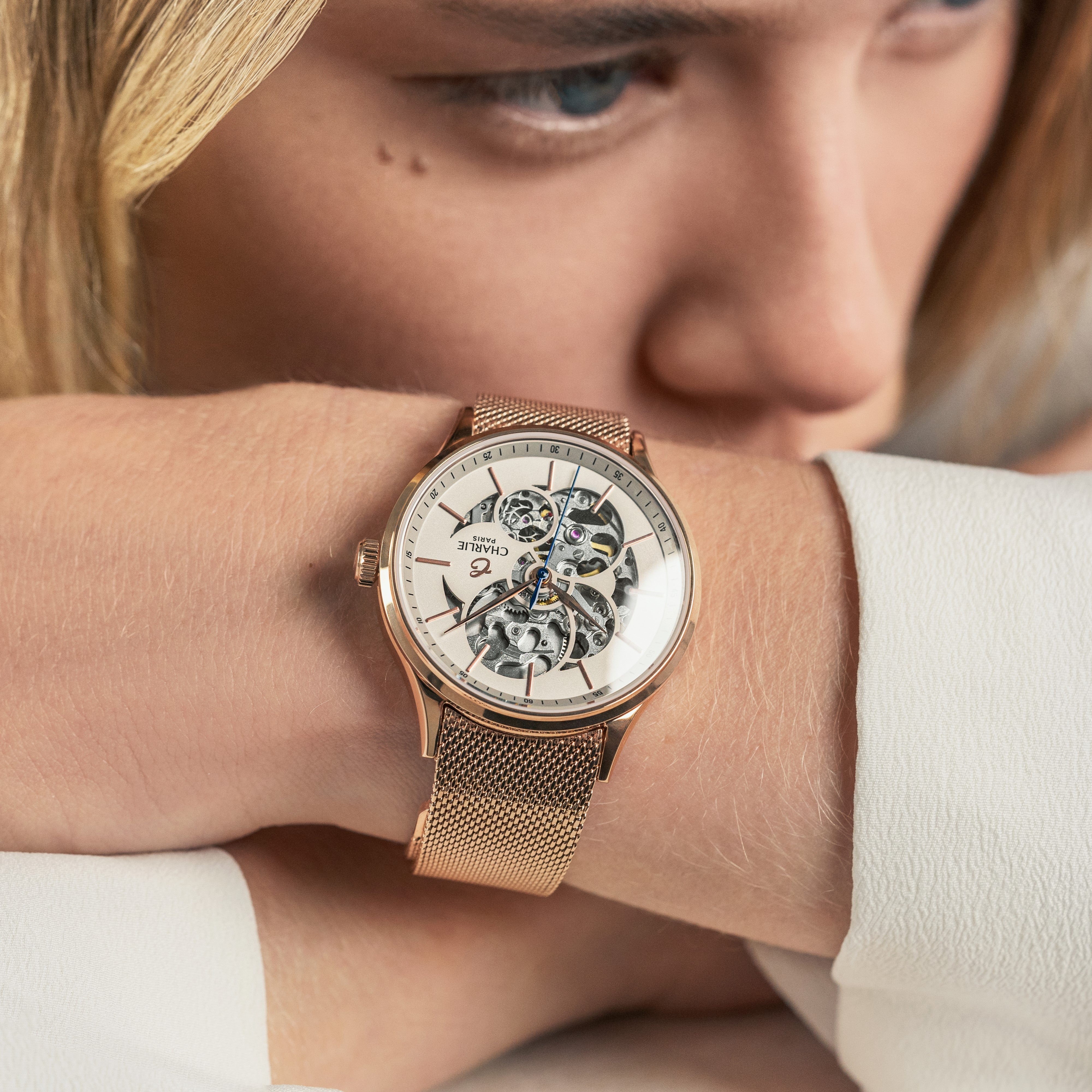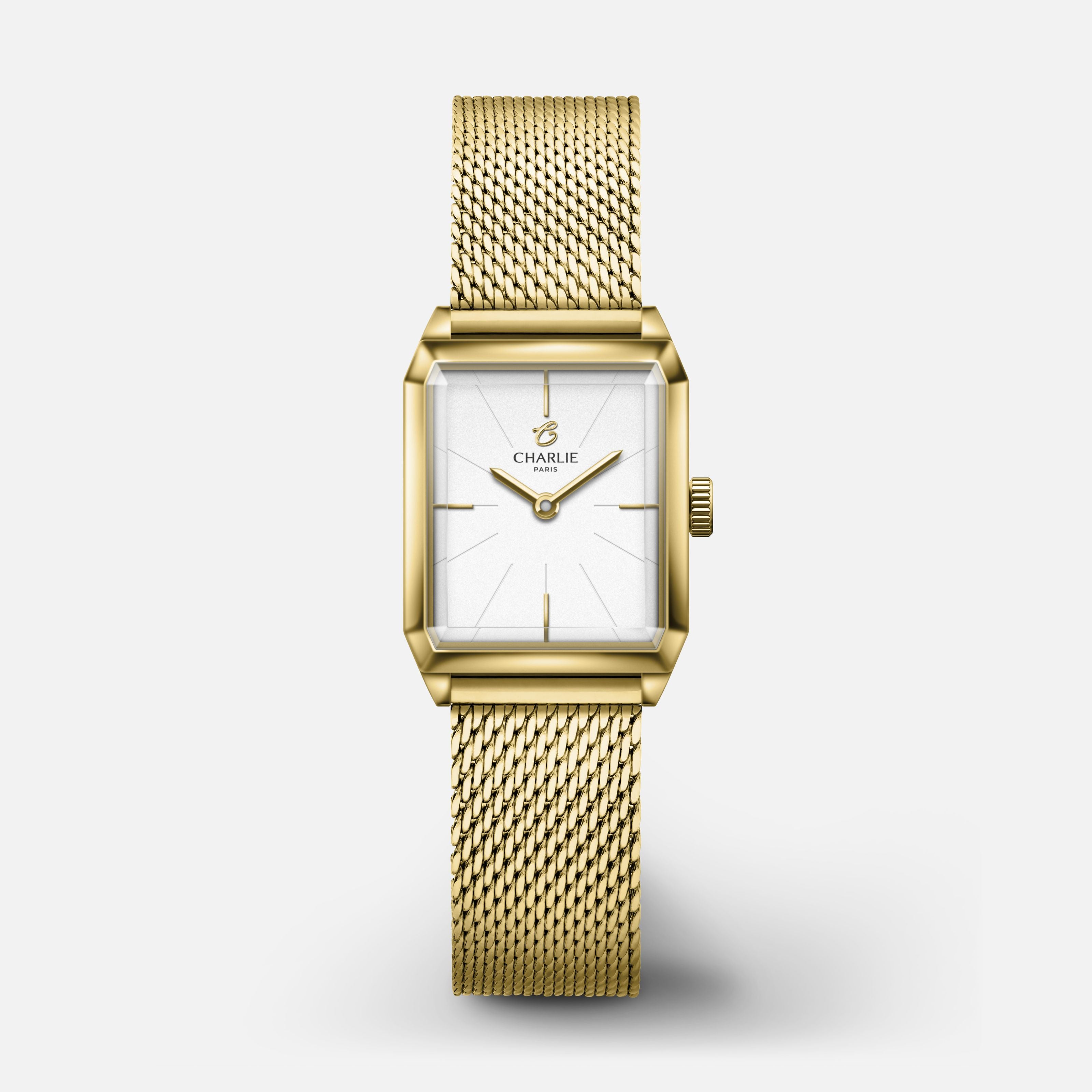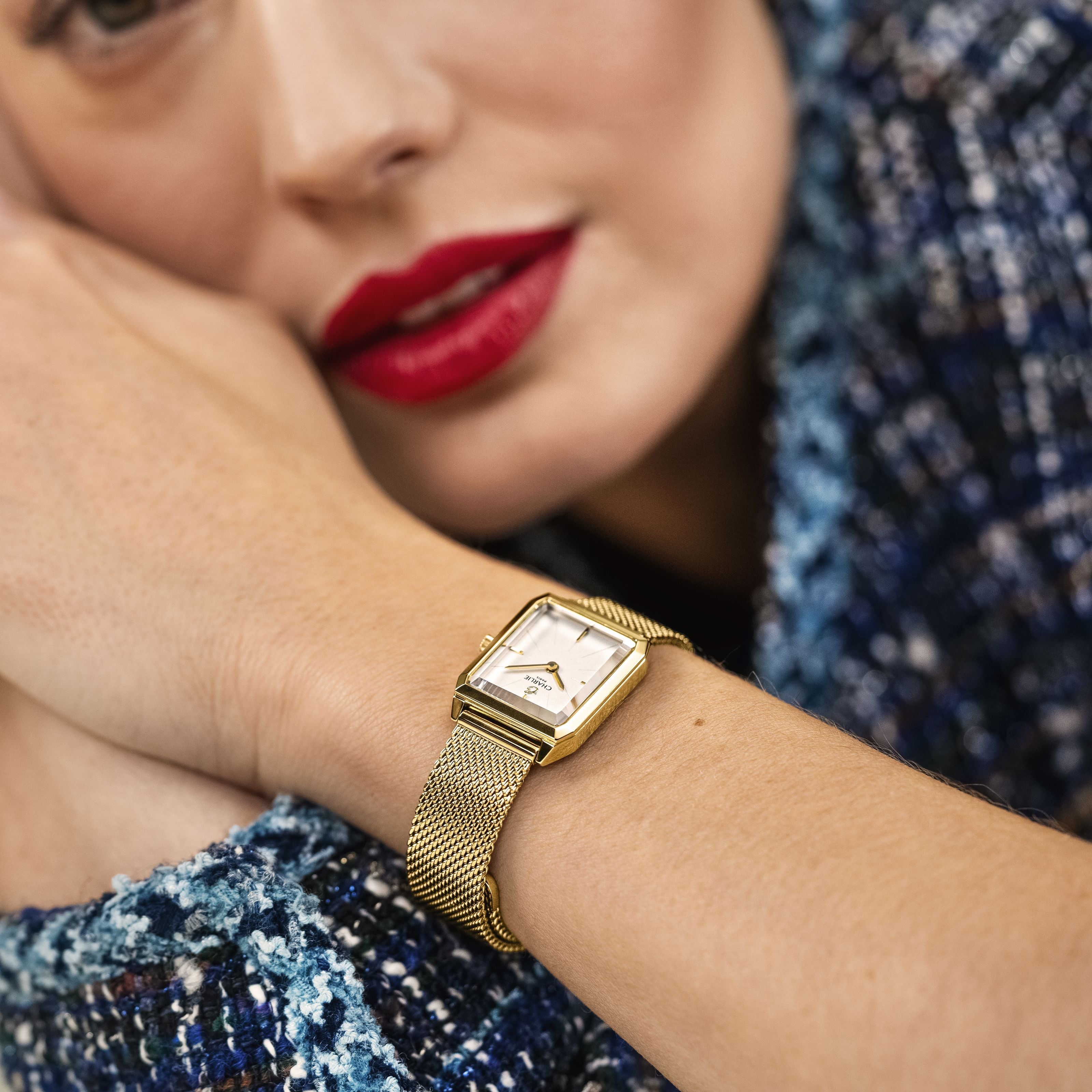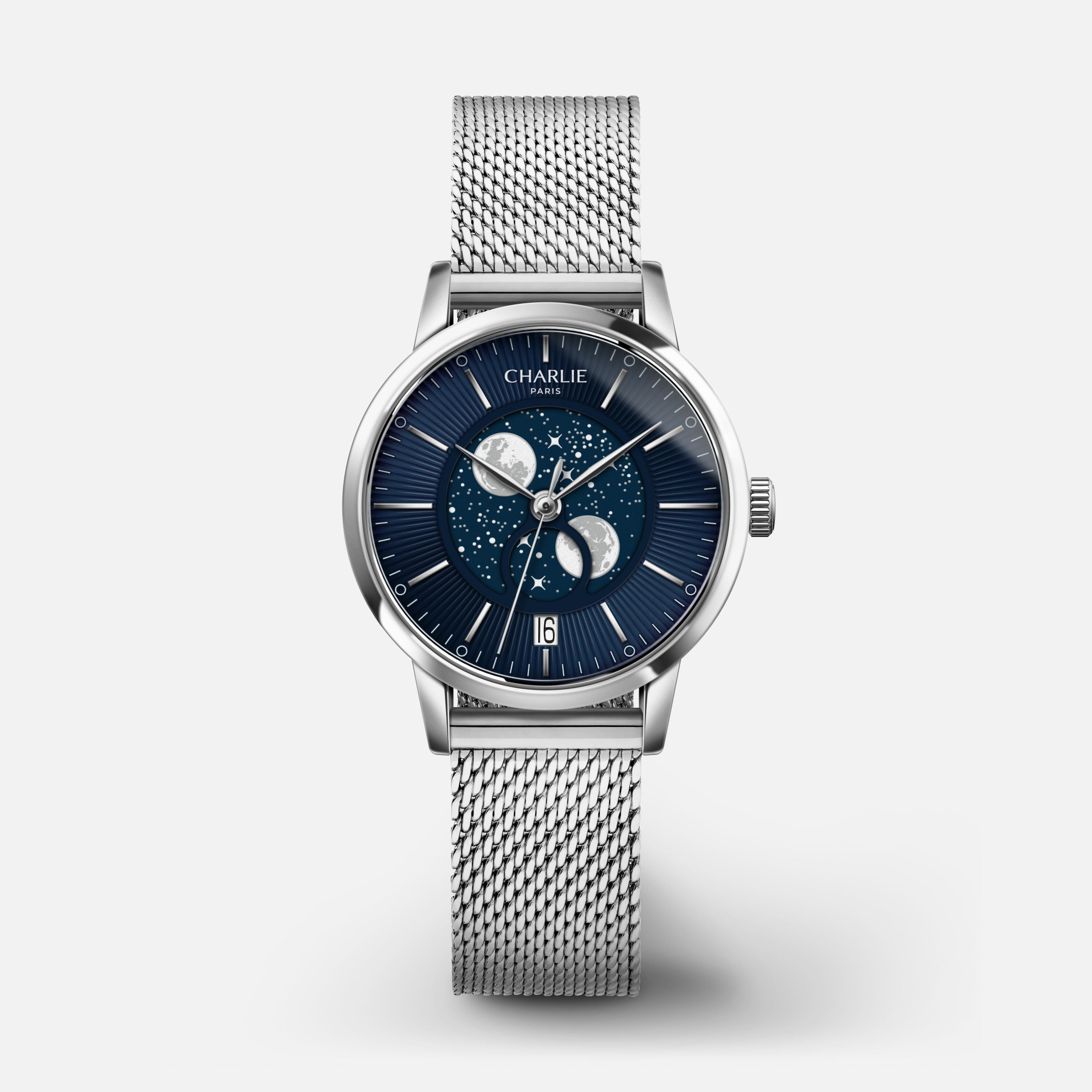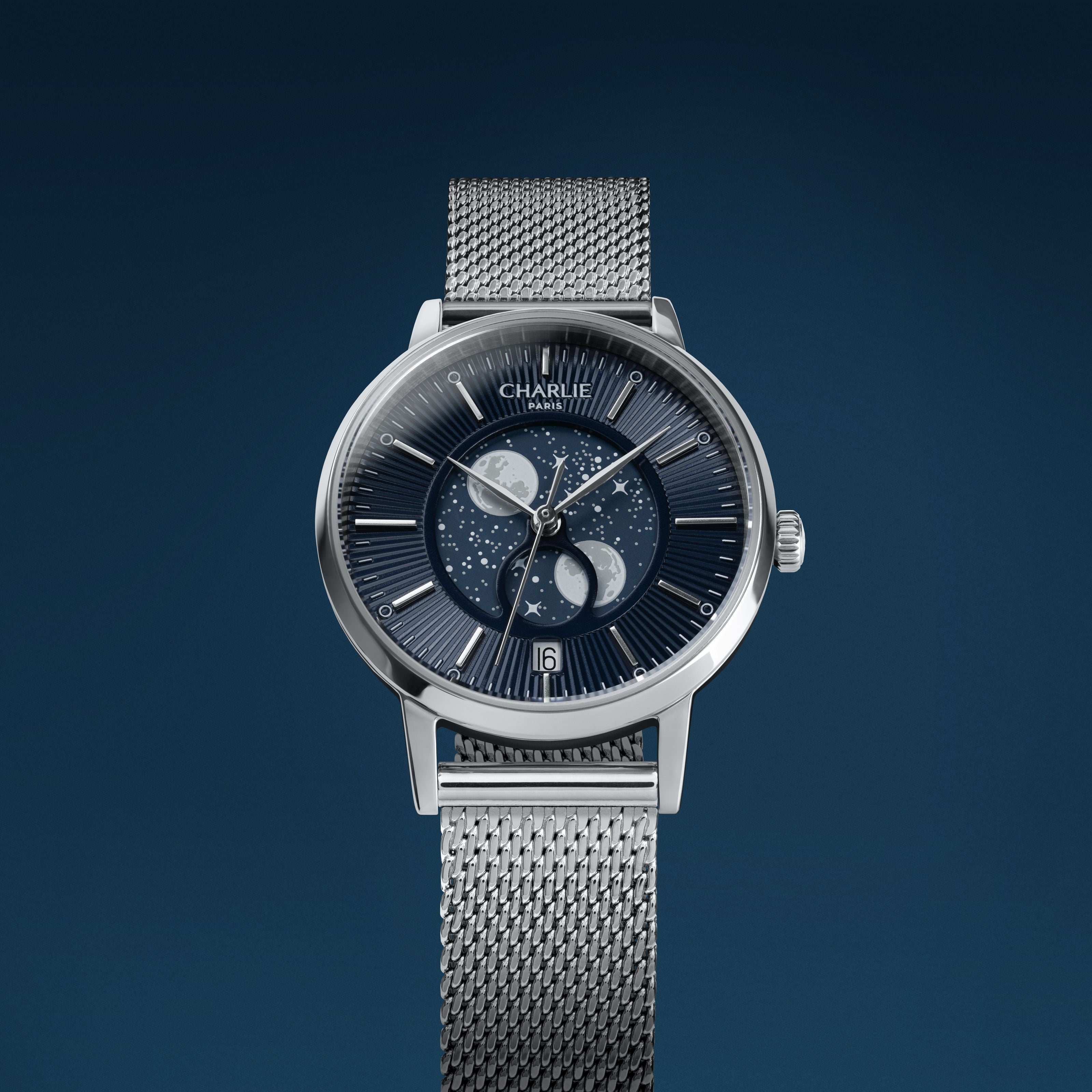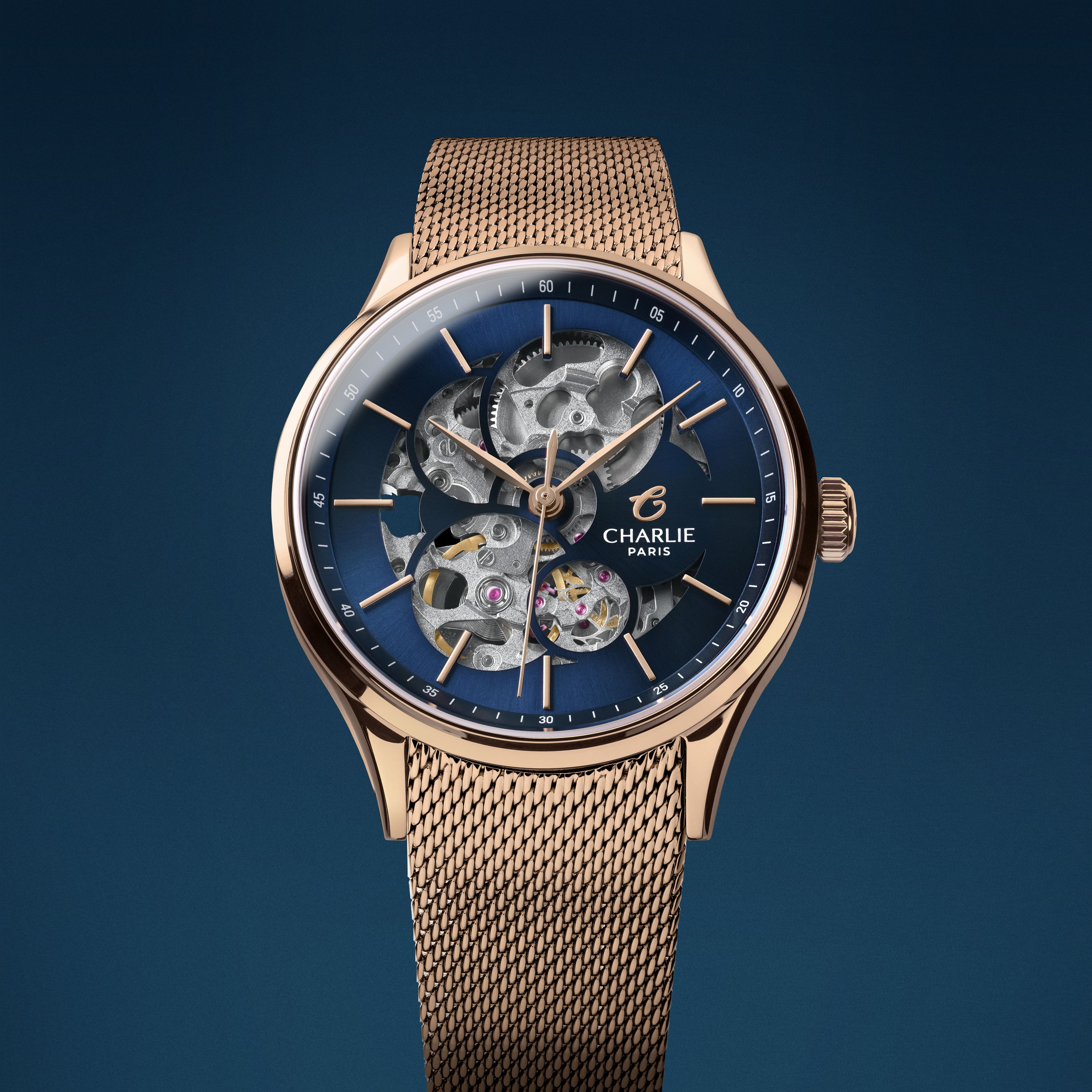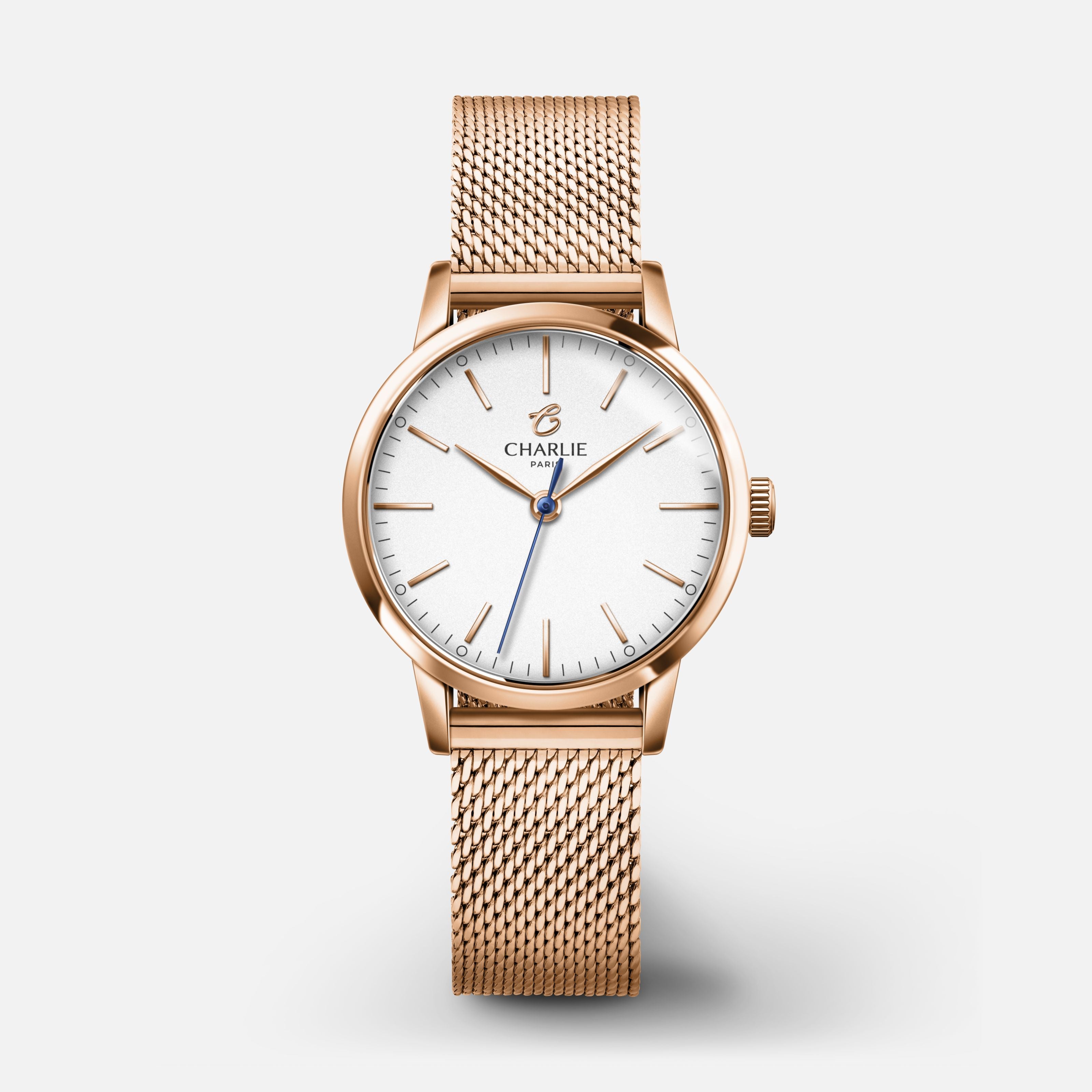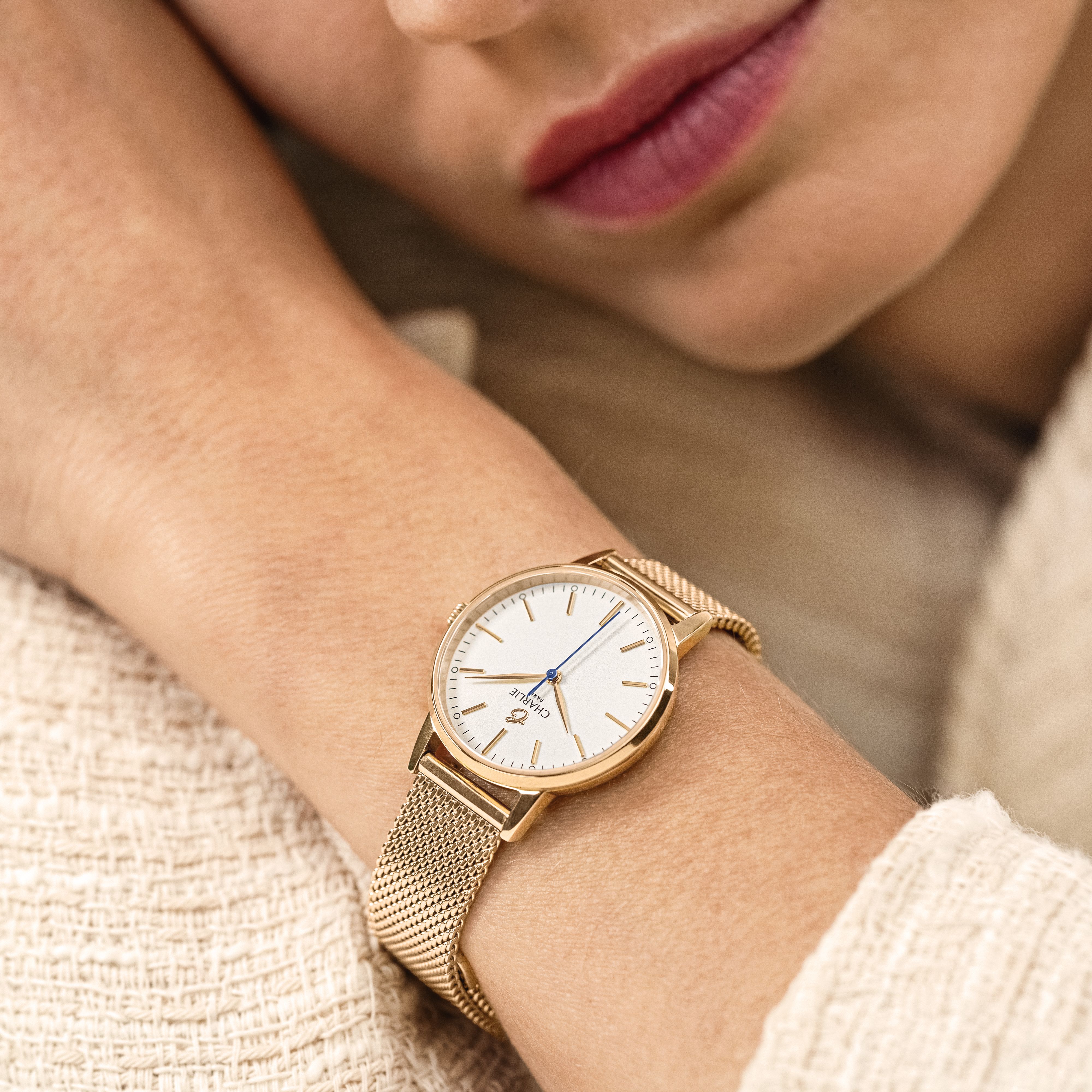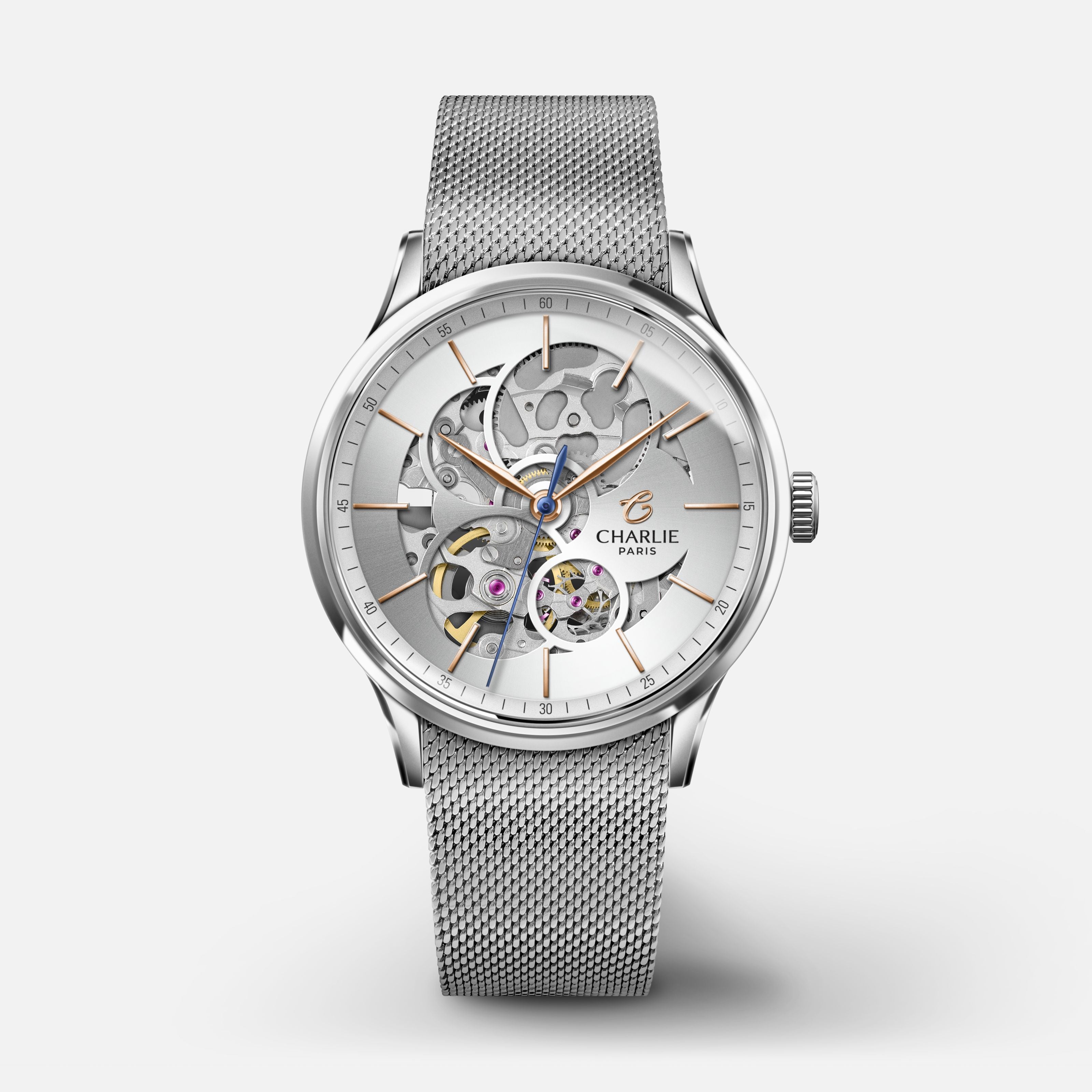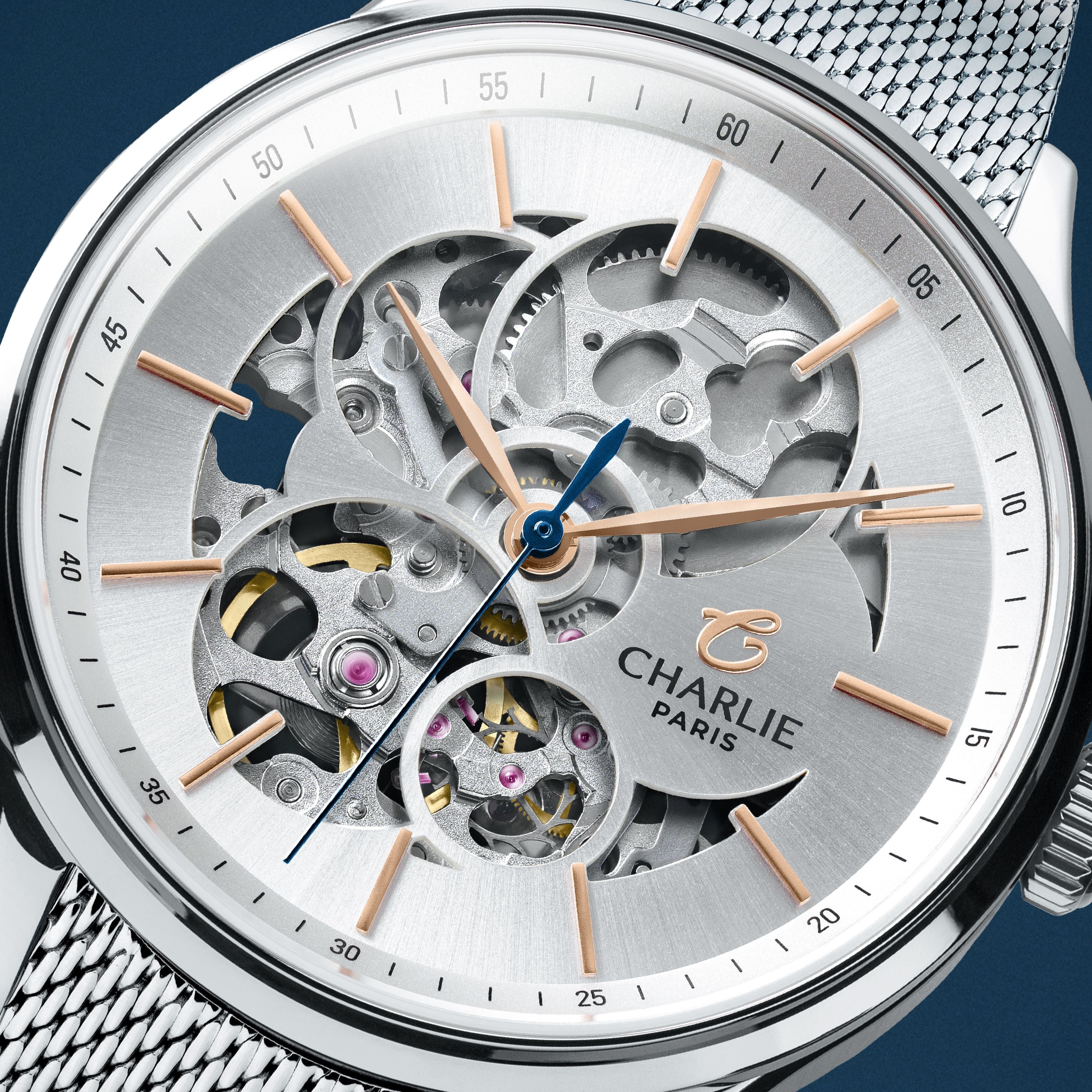- Physically, the balance spring is a small spring wound in the horizontal plane into a spiral, hence its name. The balance spring is extremely thin, to give you an idea, it is less thick than a hair, its thickness is about less than 0.03 mm and weighs less than 2mg. The balance spring is often made of steel, but some watches are equipped with a silicon balance spring. The balance spring is an essential component of the watch and one of the most complicated to design because of its thinness, fragility and length.
- Once joined with a balance wheel, the balance spring rotates in one direction and then in the other, i.e. it oscillates around its equilibrium position. If the balance spring does this with regularity, it produces a recurring phenomenon and becomes a counting base that the gears transform into seconds, minutes or hours. The balance spring receives the energy produced within the watch and calibrates it so that this energy is translated into information.
The origins of the watch spring
The balance spring was invented in ancient times. This form of spring was used, for example, to close fibulae, the ancestor of safety pins. It was also used in medieval locks, and later to drive watch mechanisms with spiral springs.
Its use as a watch regulator dates from the 17th century. Three men, including two renowned scientists, fought over the first application: the Abbé de Hautefeuille, Christian Huygens and Robert Hooke. Around 1675, the Dutch physicist, mathematician and astronomer Christian Huygens invented the use of a spiral wound spring associated with a flywheel to regulate watches. Huygens proposes his first watch with a spiral spring in the "Journal des Savans", he entrusts its realization to Isaac Thuret, one of the best watchmakers in Paris. However, when he wanted to register his discovery in the Parliament, the Abbé Hautefeuille opposed it, explaining that he had thought of it before. The Englishman Robert Hooke, also an astronomer and mathematician, made an identical proposal for the use of the spiral spring as a watch regulator. He then opposed Huygens to defend the paternity of this invention.
A watch spring that is the subject of debate: metal or silicon spring?
The balance spring is a complex part, complicated to manufacture and few companies make them. To function properly, the balance spring must retain its shape. However, with the sustained rhythm of oscillations that it undergoes, finding the same shape is not easy. As previously mentioned, the balance spring is made of metal. This material is sensitive to magnetism and temperature variations, and these elements change the shape of the balance spring. Indeed, heat expands the metal and cold shrinks it. Thus, for the balance spring to keep its initial shape and to oscillate at the same frequency, it must resist oxidation, magnetism and temperature variations. This requires the balance spring to be elastic, flexible to deform and regain its shape. When the balance spring fails to regain its shape, watchmakers work the metal of this part, cutting it to restore its original shape.
To solve this problem, the metal of the balance spring is replaced over time by silicon, an essential component of glass and is also found in sand. The silicon balance spring has the characteristic of always keeping its shape. Unlike a metal balance spring, the silicon balance spring is molded and manufactured to the right shape from the start. Indeed, while metal can be worked, cut to fit the shape of the spiral, silicon cannot be worked because it breaks. A silicon balance spring is less sensitive to heat and therefore more precise and does not get magnetized. The silicon balance spring was used for the first time in watchmaking in 2001, for which the watchmaker Ludwig Oechslin joined forces with the brand Ulysse Nardin. The research needed resources and three companies decided to finance it: Patek Philippe, The Swatch Group and Rolex. A patent on the use of the silicon balance spring and the results were filed by these groups. They were the only ones to have the right to exploit them. These silicon-related patents will fall into the public domain in 2022. Over the next few years, we will therefore see the popularization of the silicon balance spring in mechanical watches.
The world of watchmaking evolves over the years and with technological advances. The balance spring is an example that shows once again how much evolution is possible by combining know-how, tradition and technology, sometimes leading to debate, especially at the border between watchmaking and new technologies.
Read more
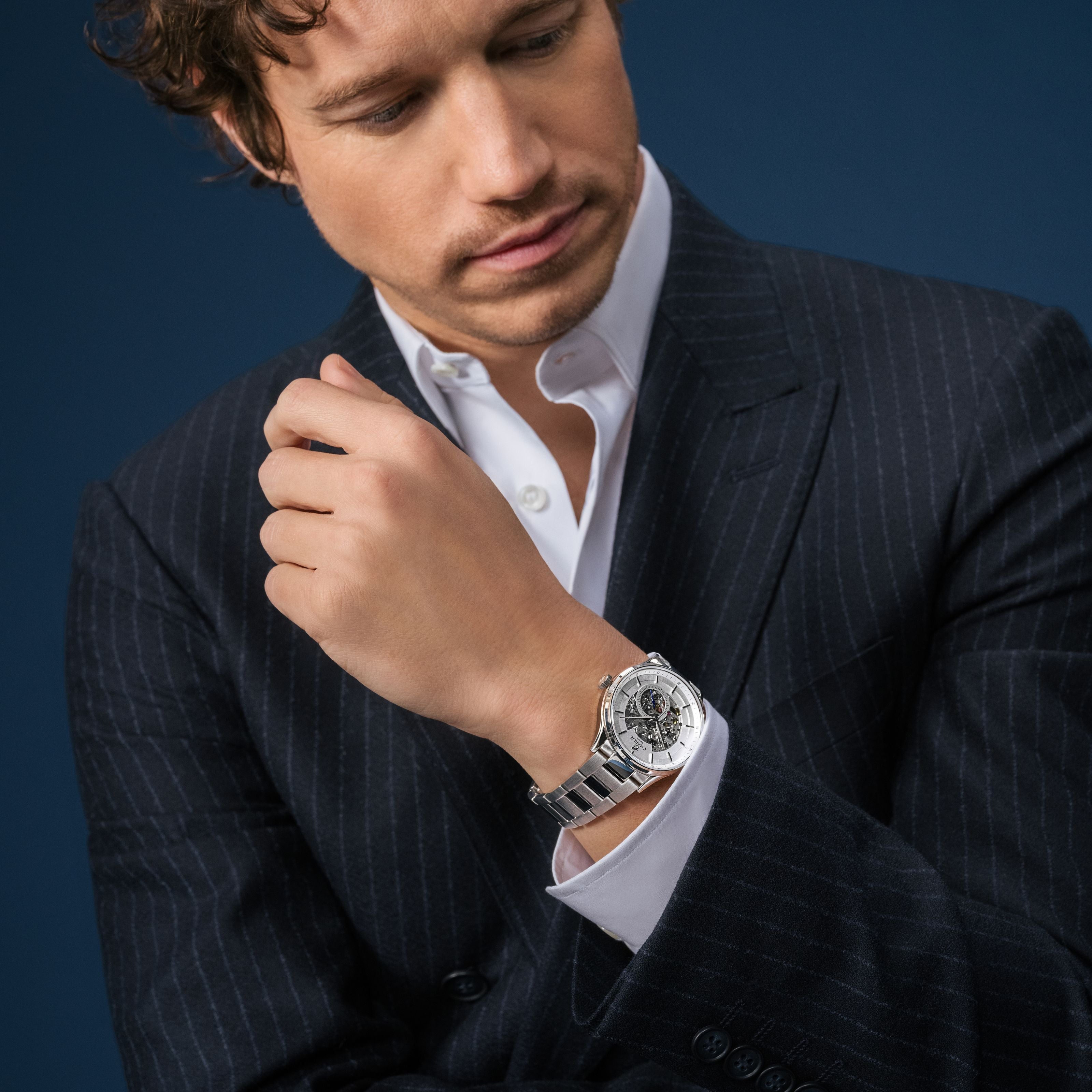
You wish to wear a suit but don't know what style of watch to choose?
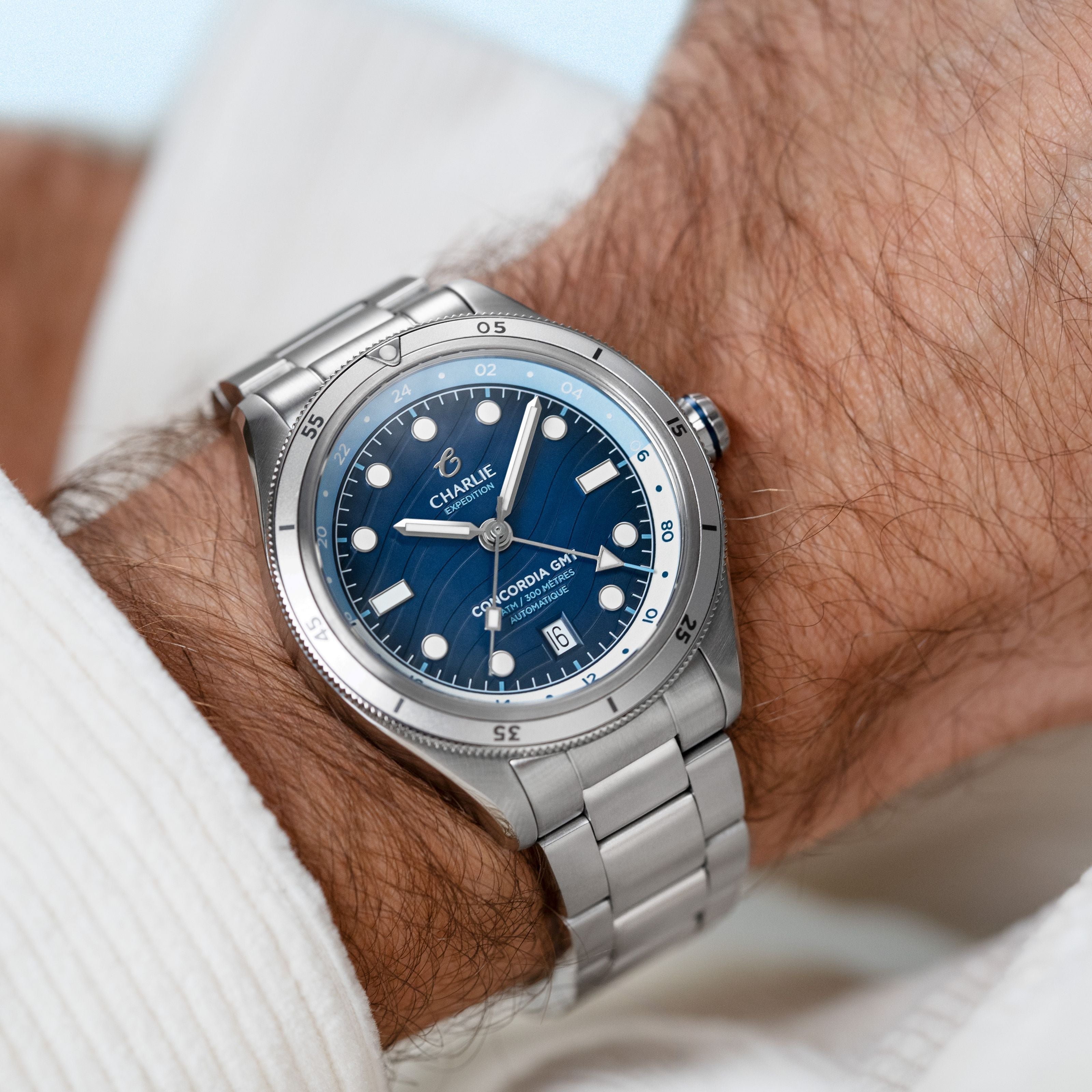
Between tradition and innovation, French watchmaking is experiencing a new lease of life. Discover how the TimeFest trade shows in Bordeaux and We Love Watches in Paris are celebrating this renais...


